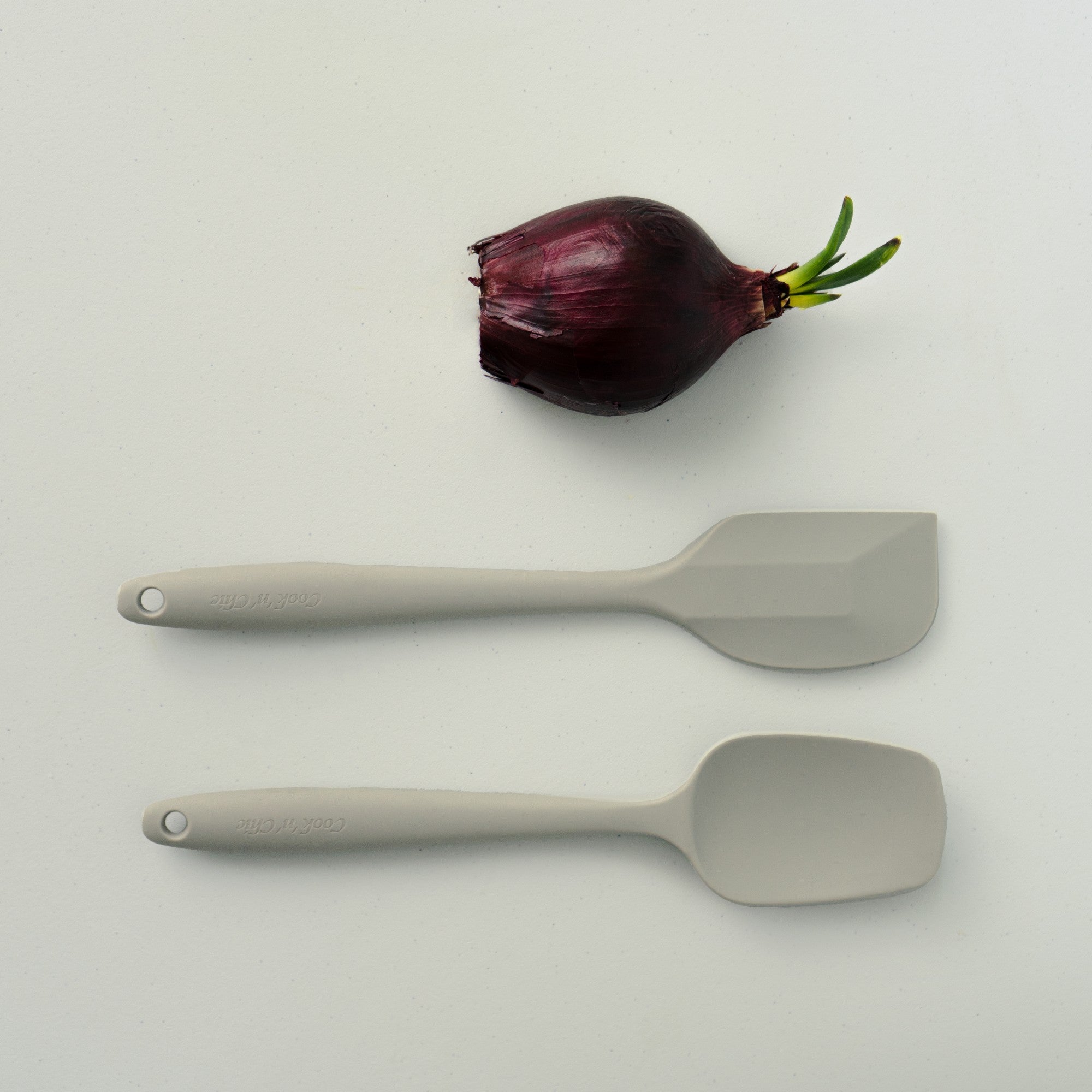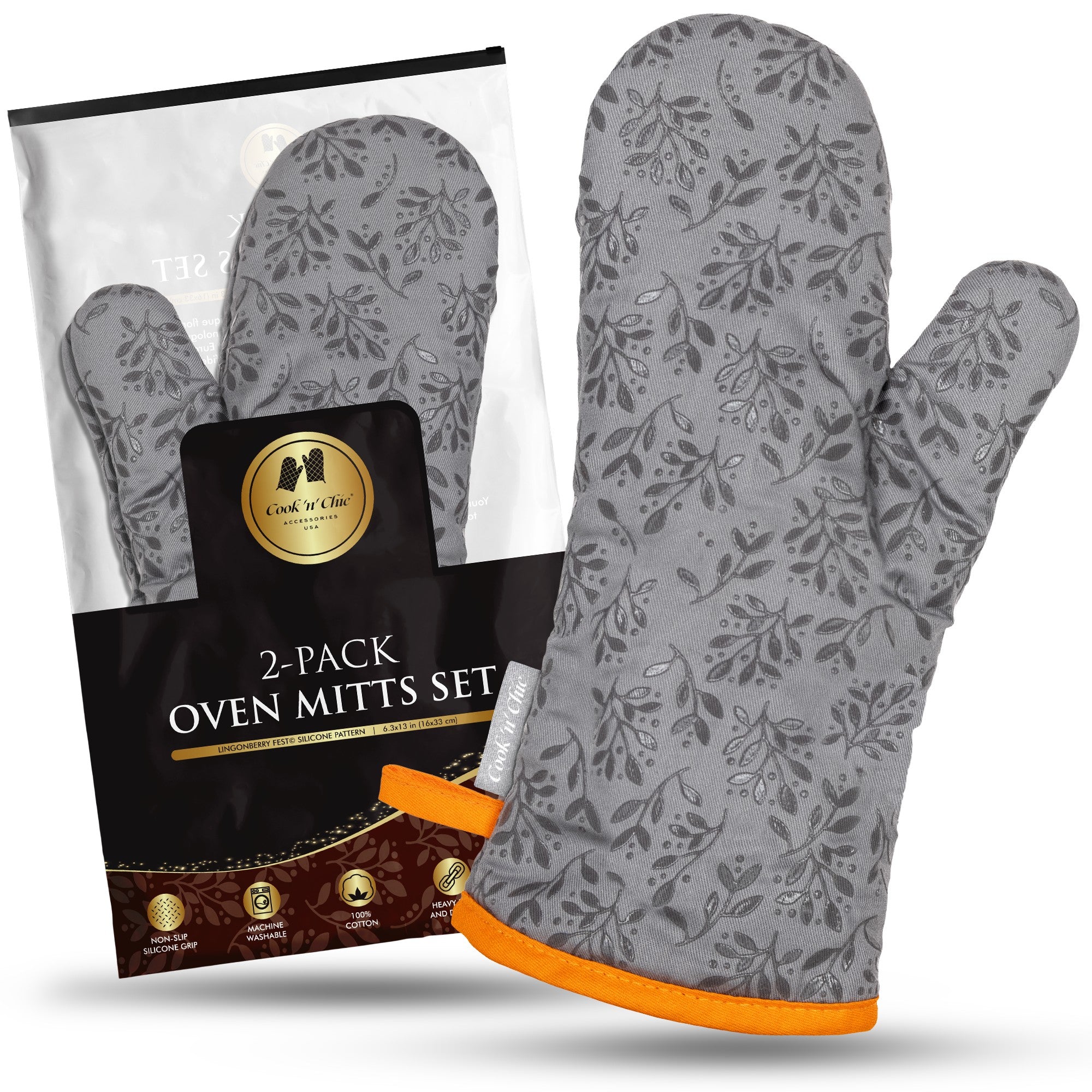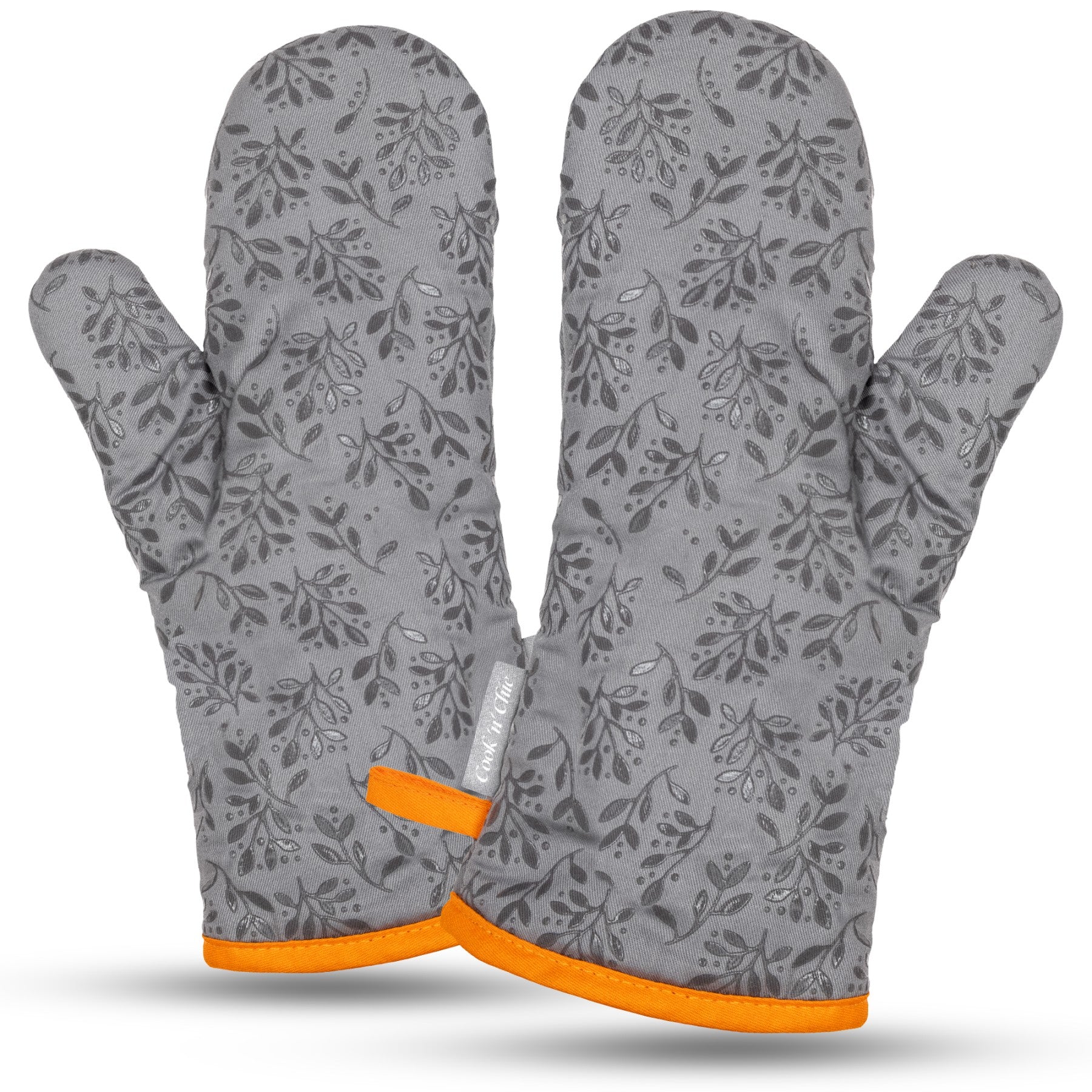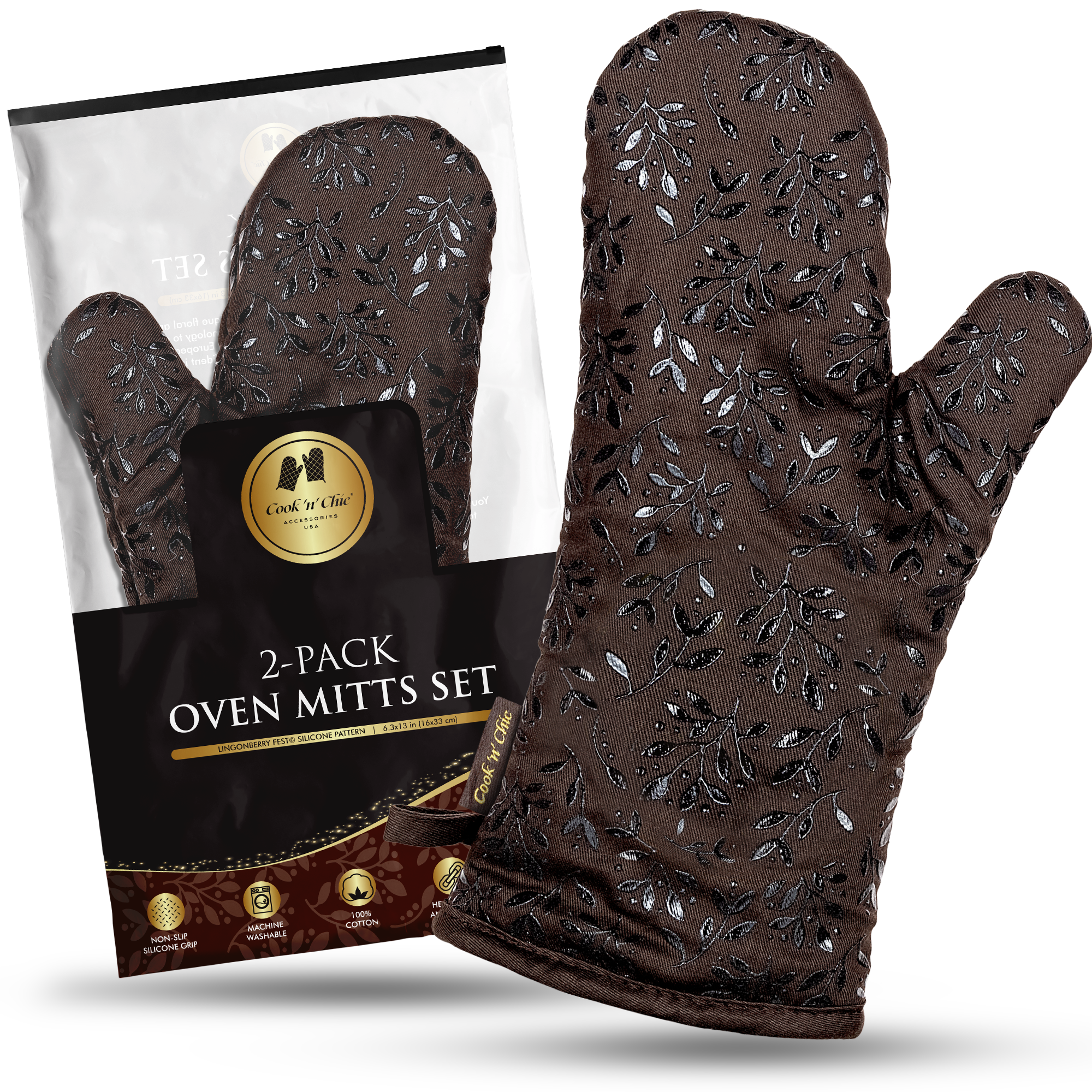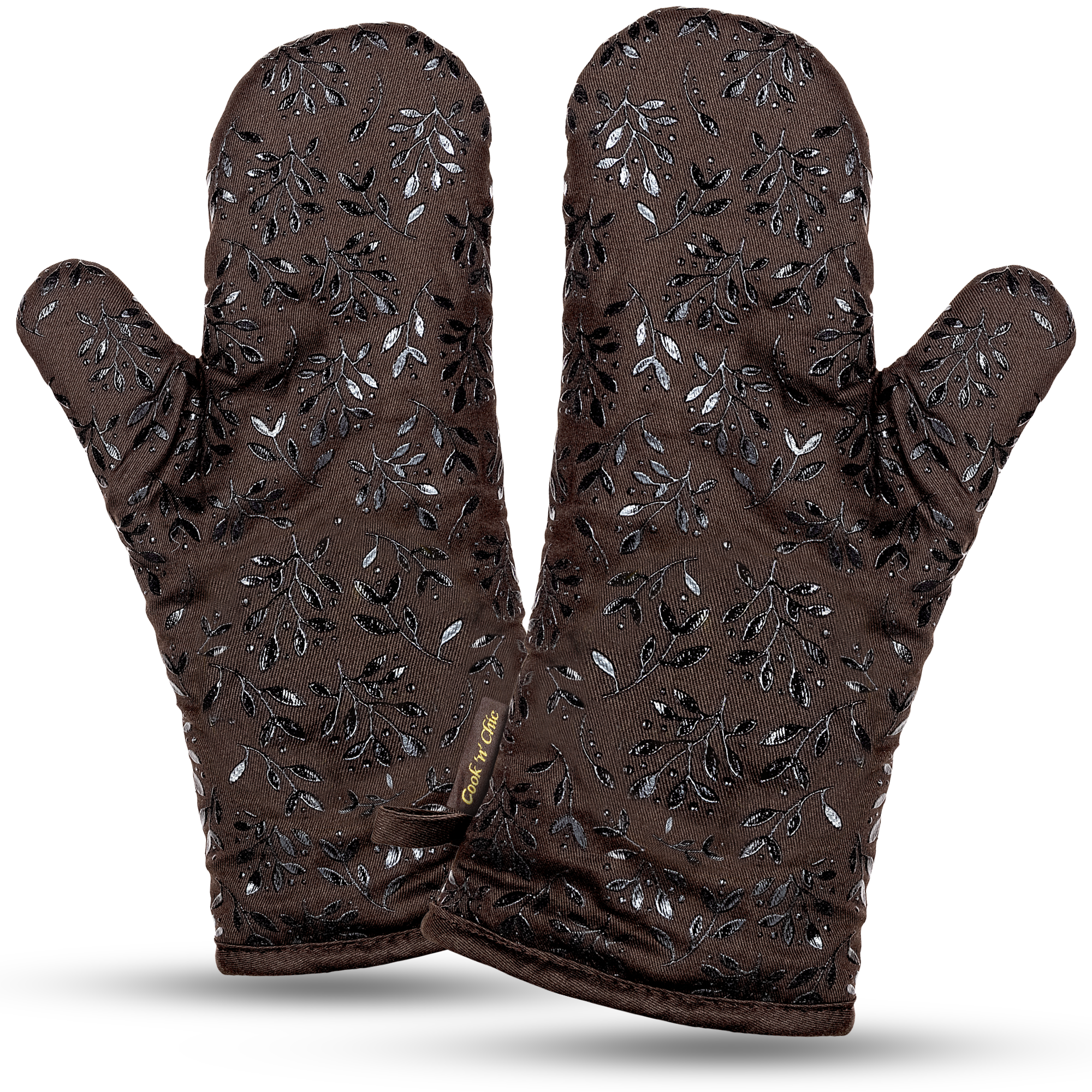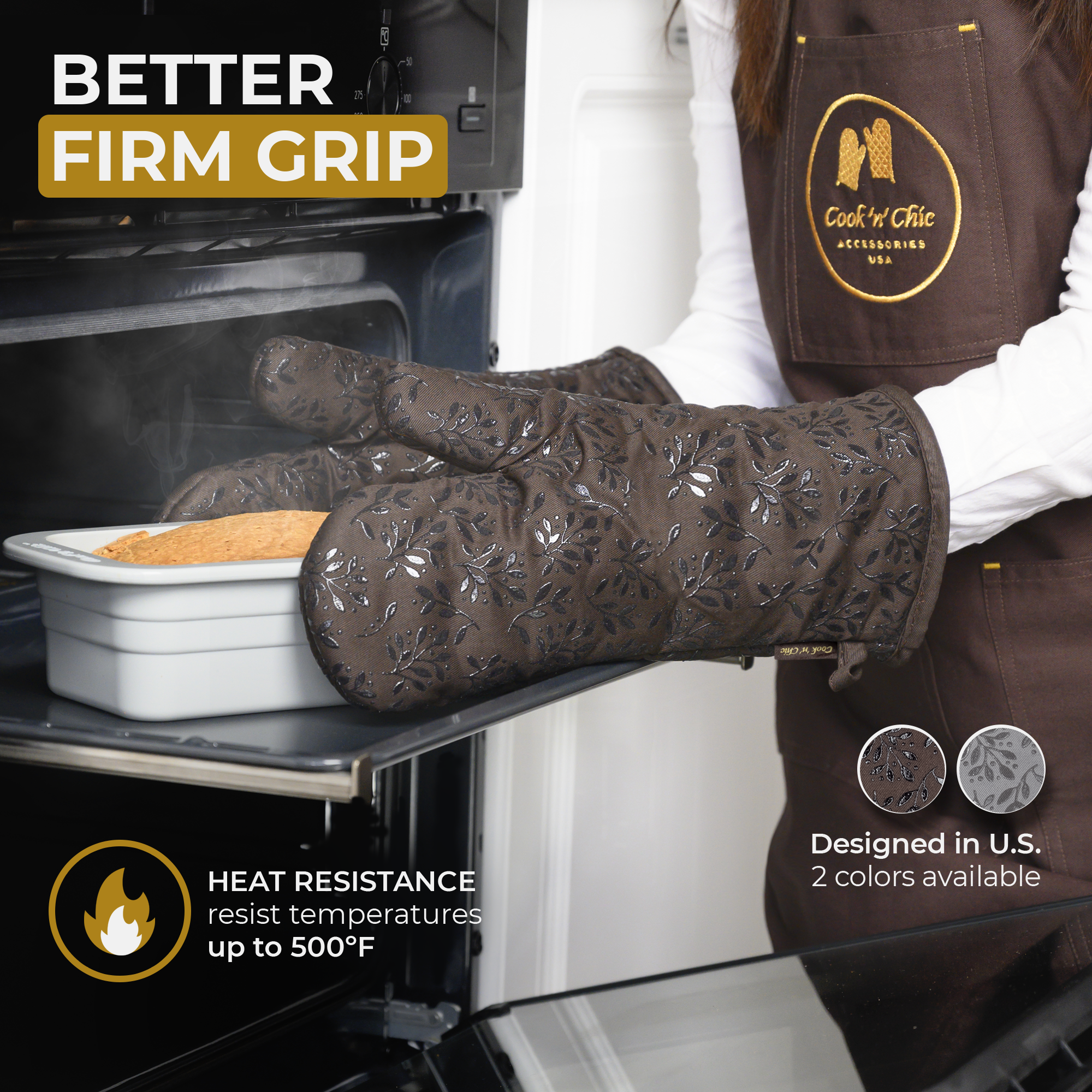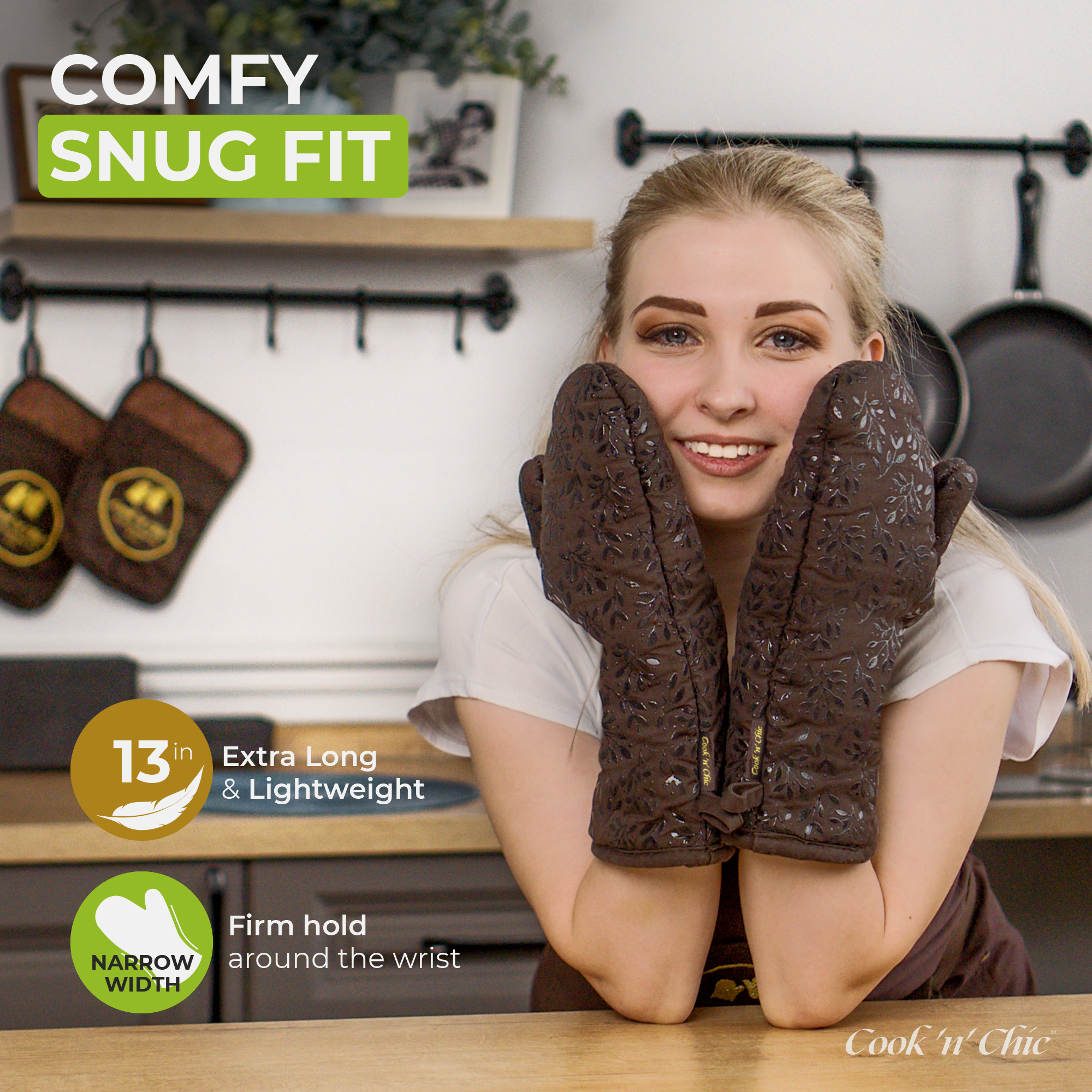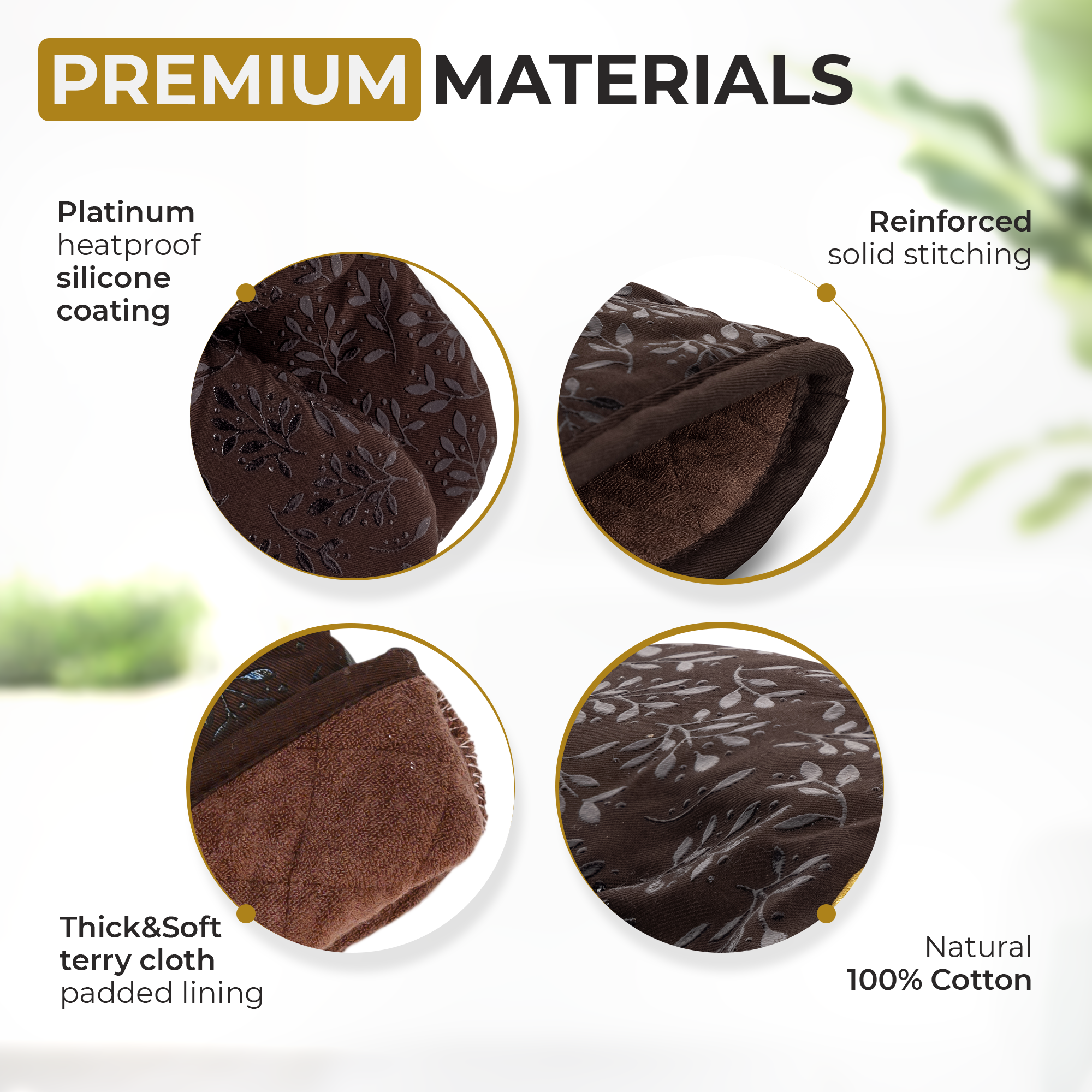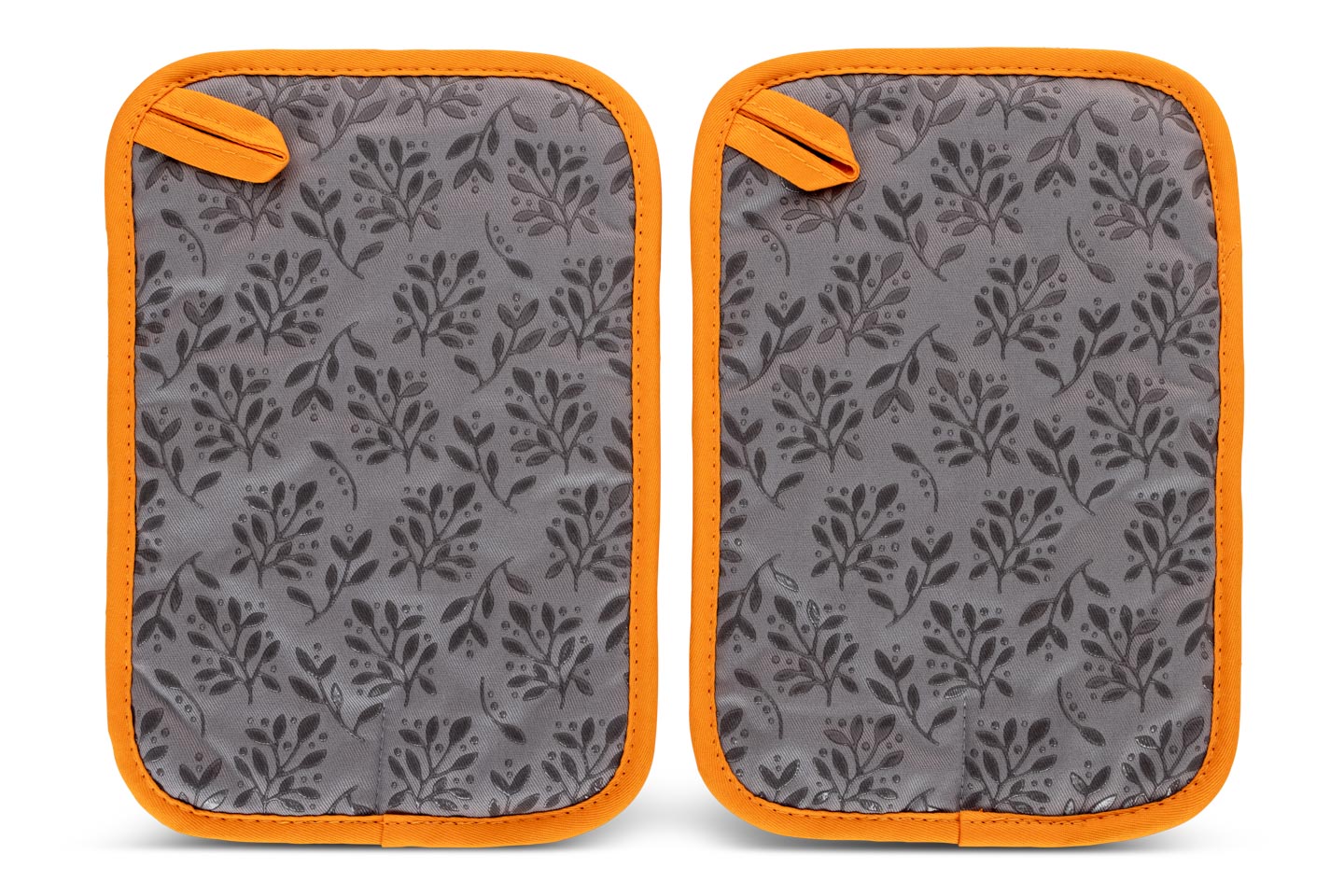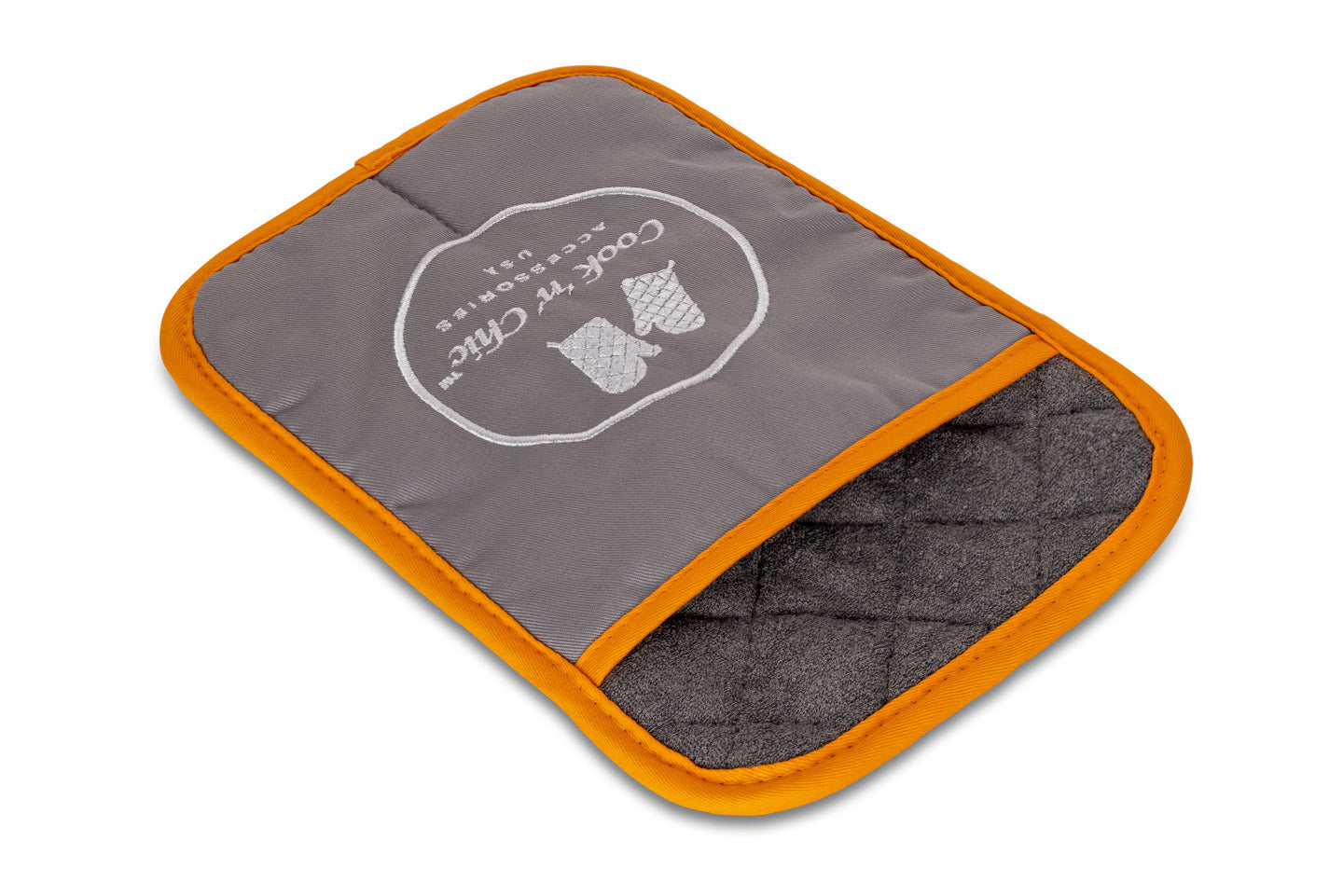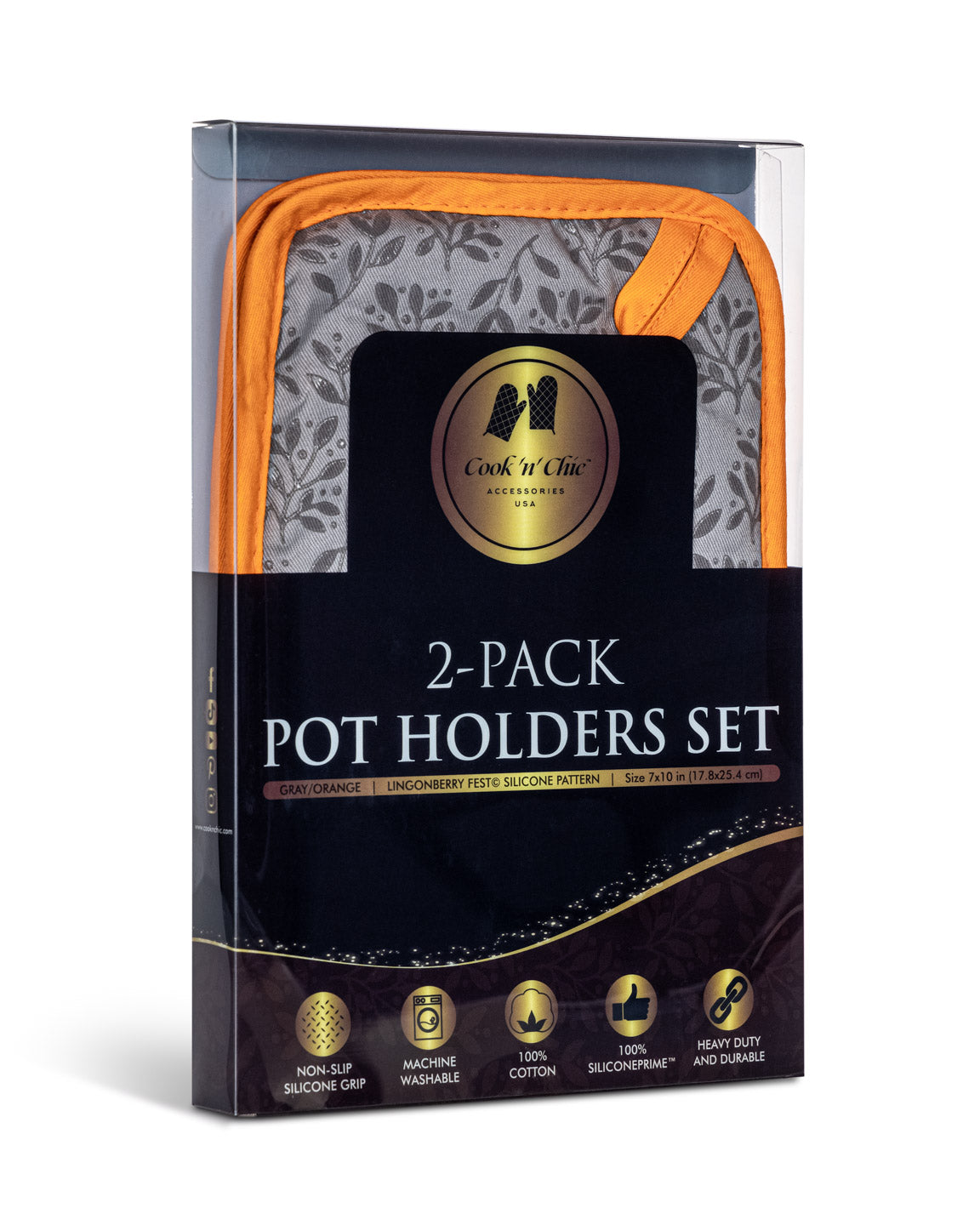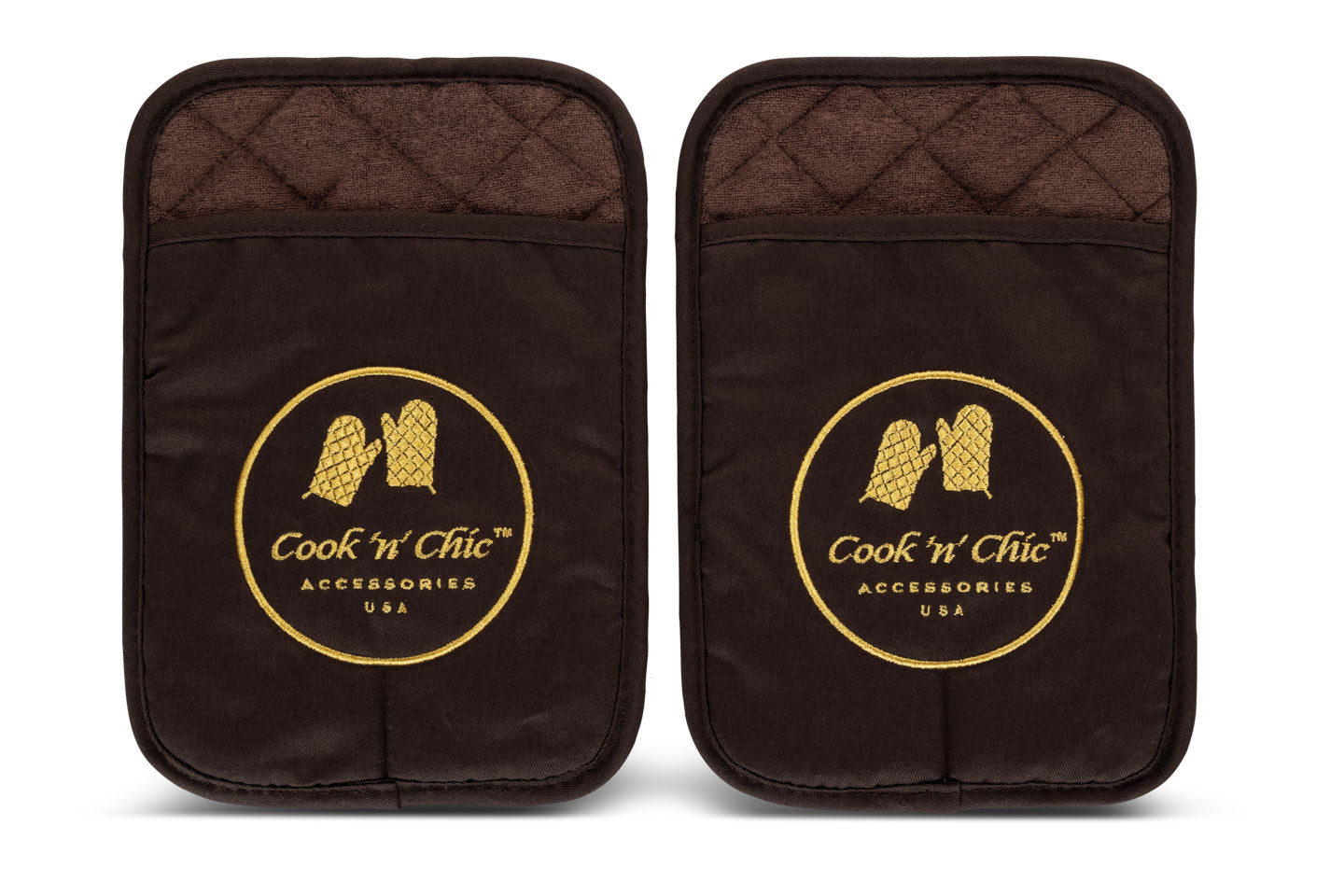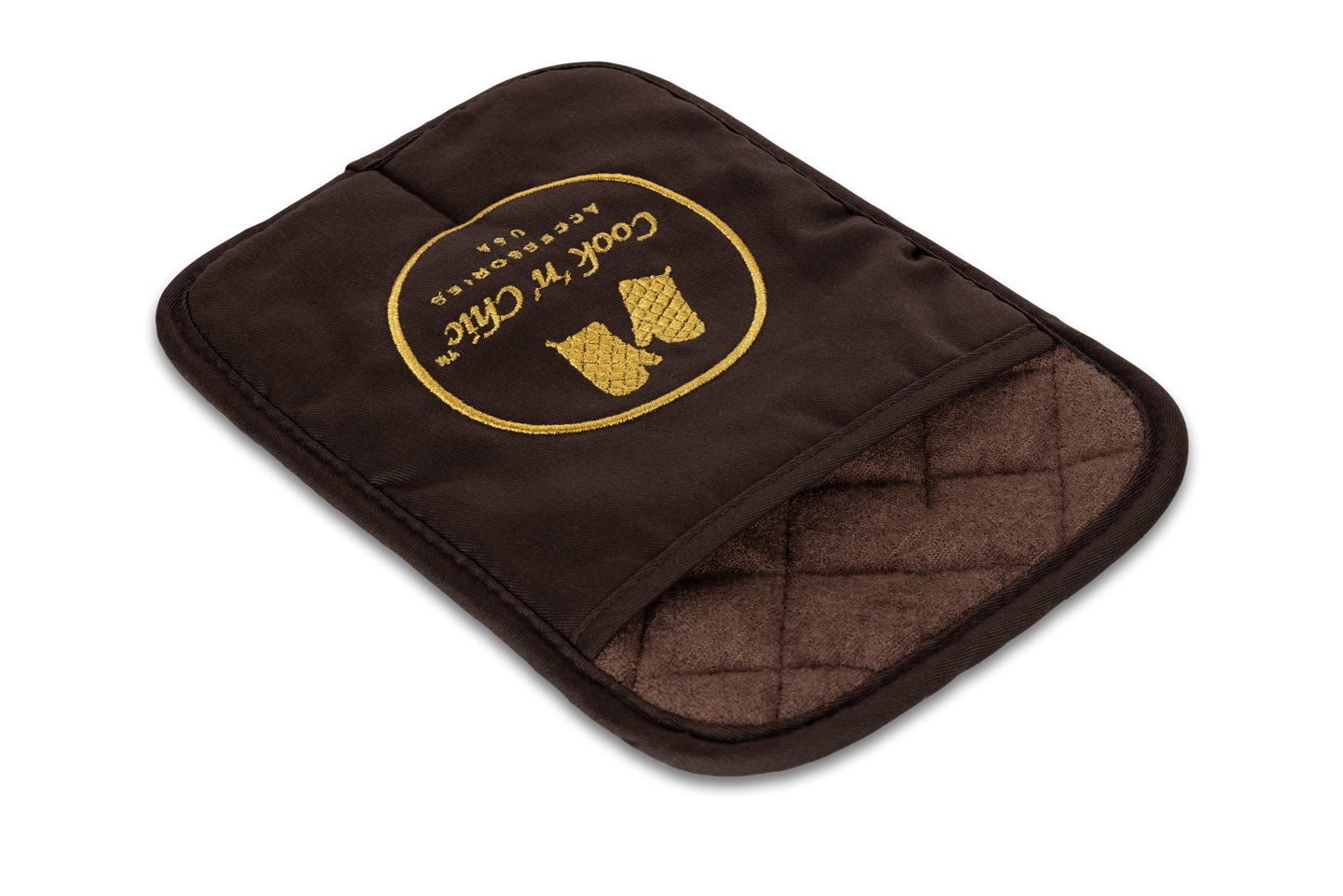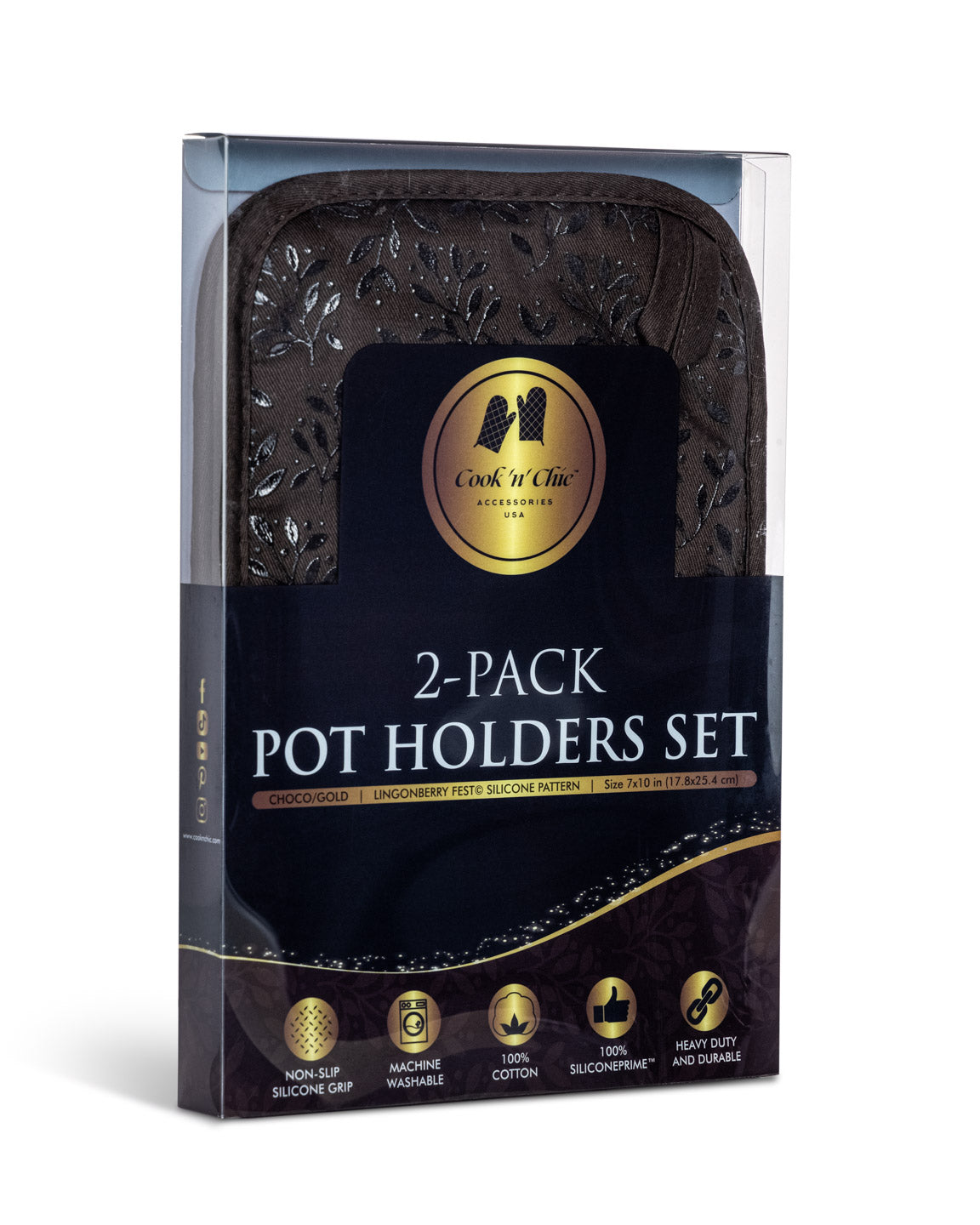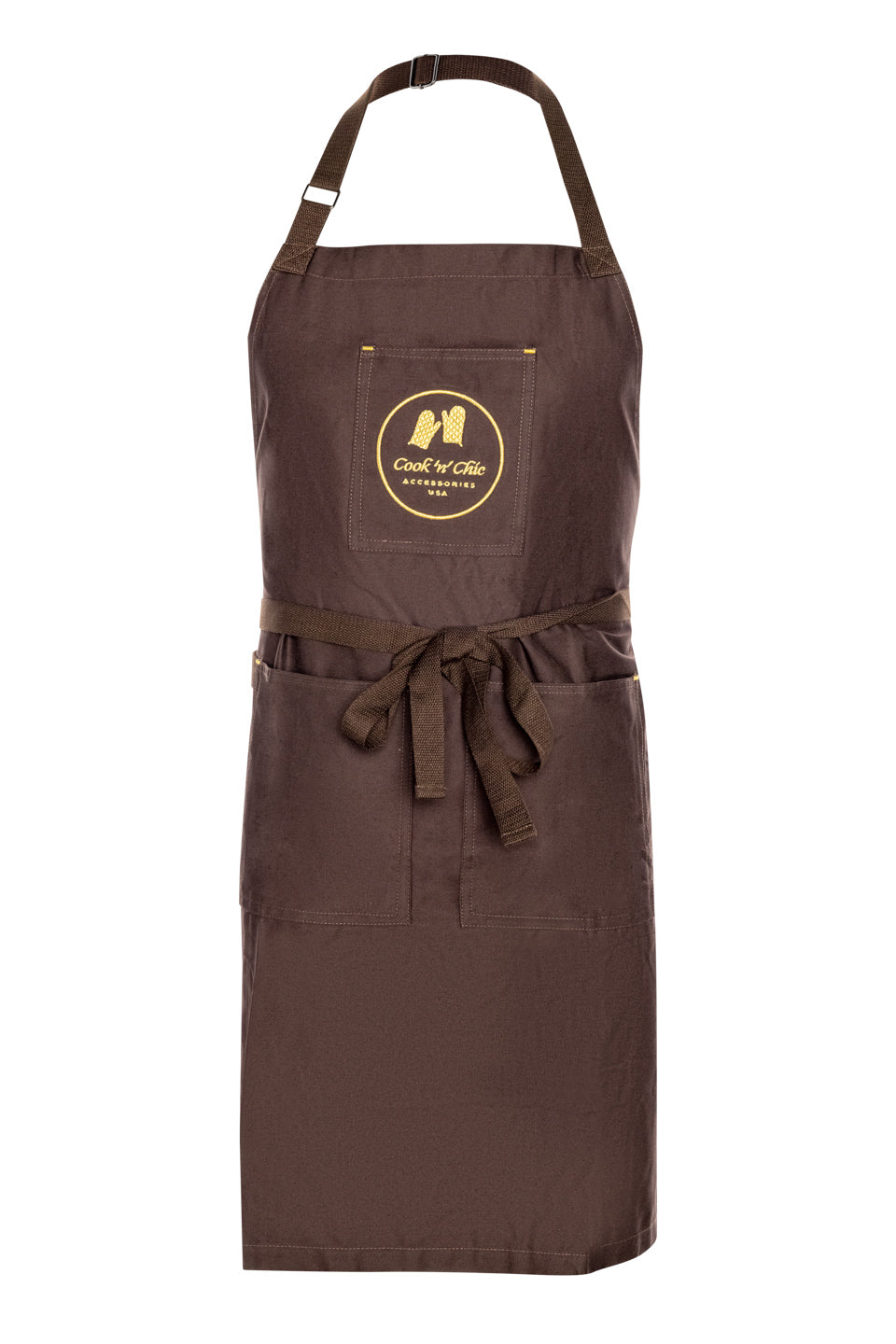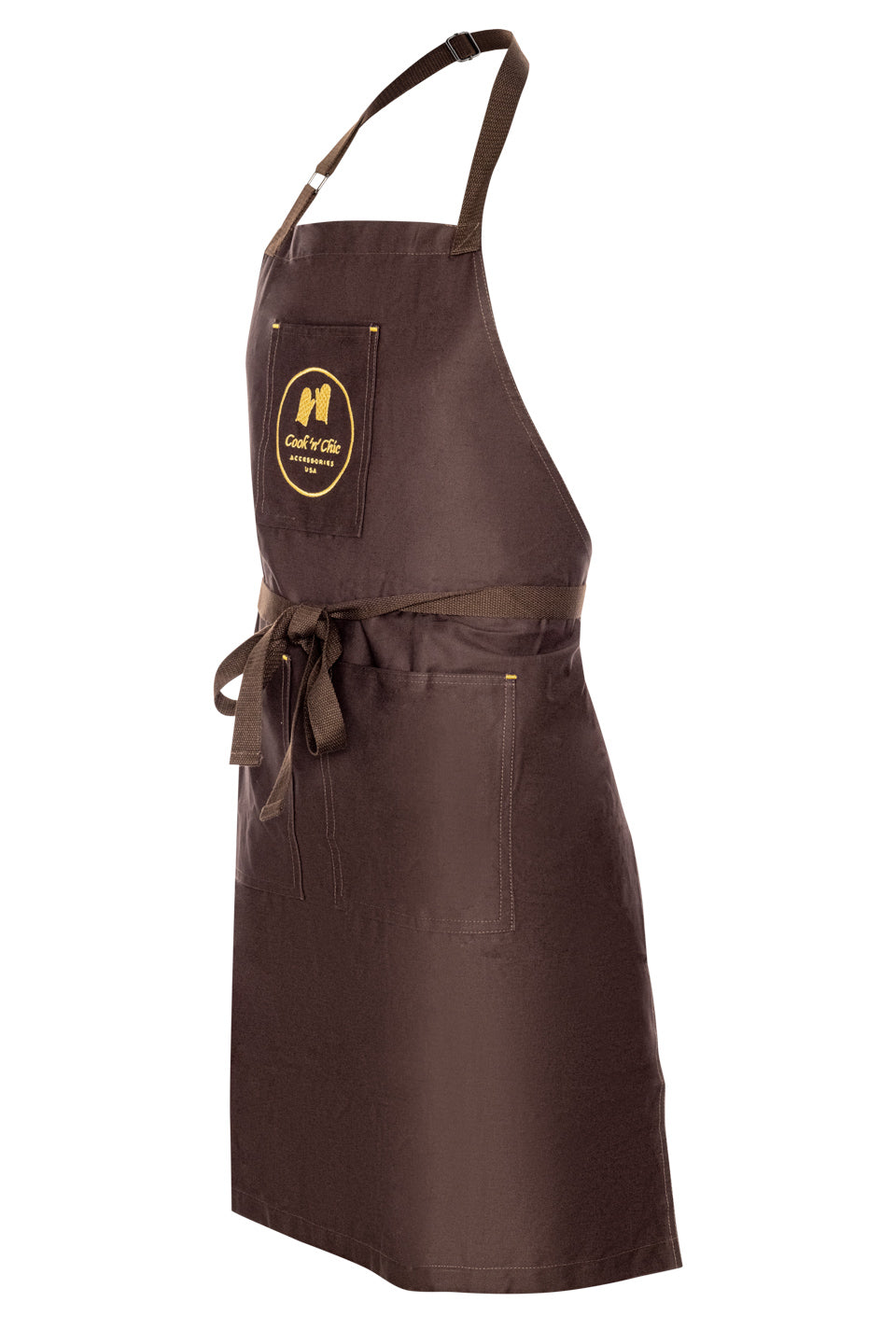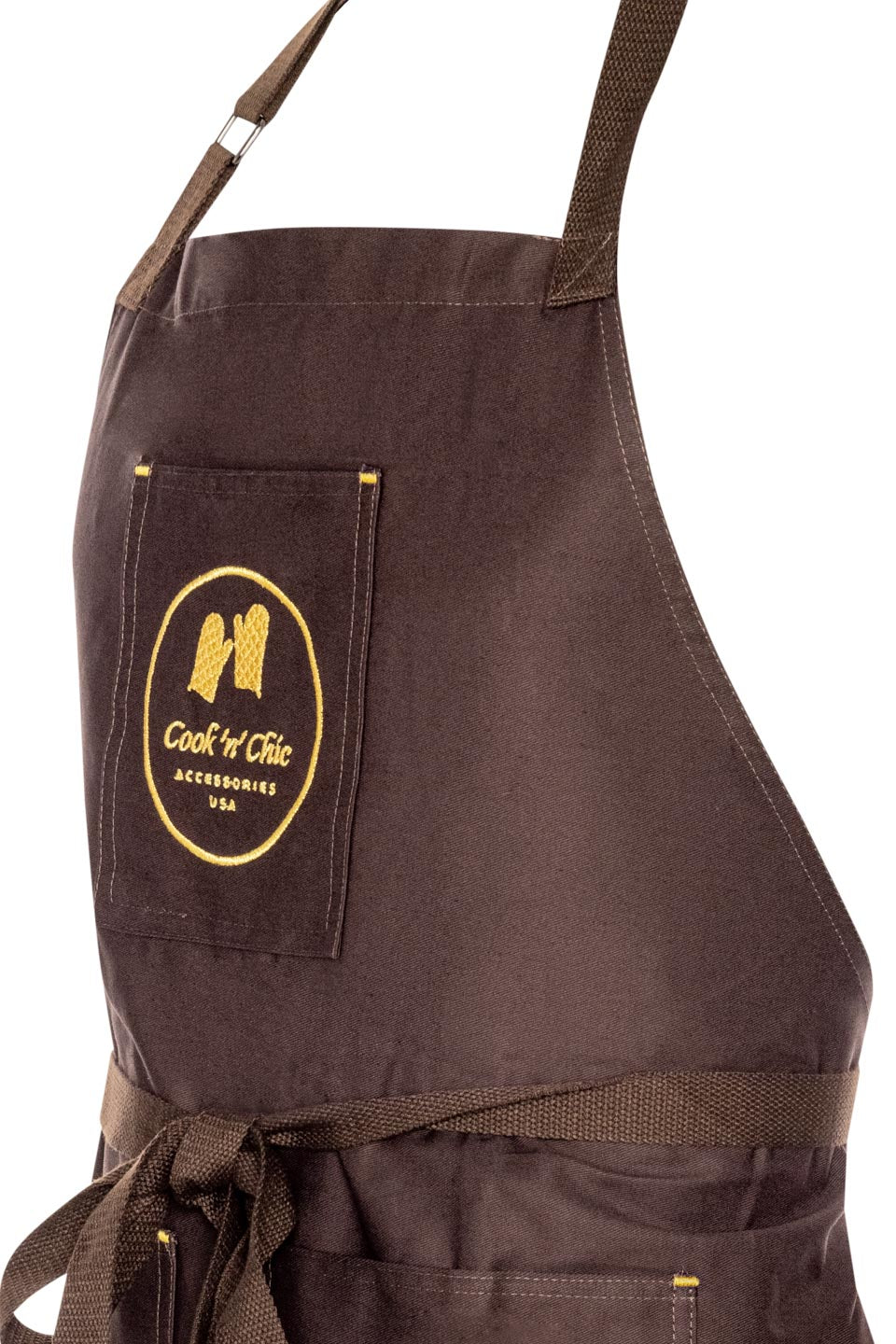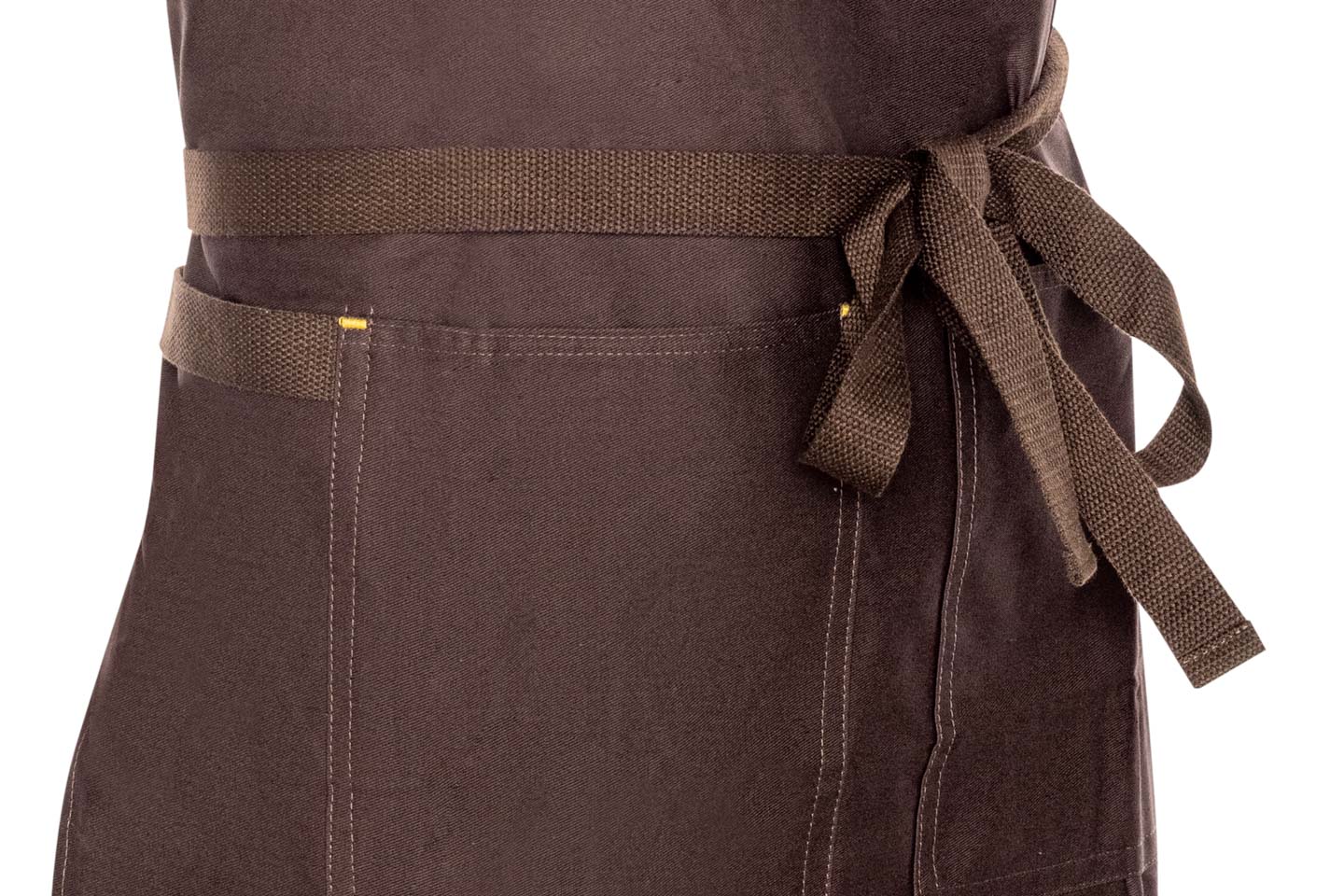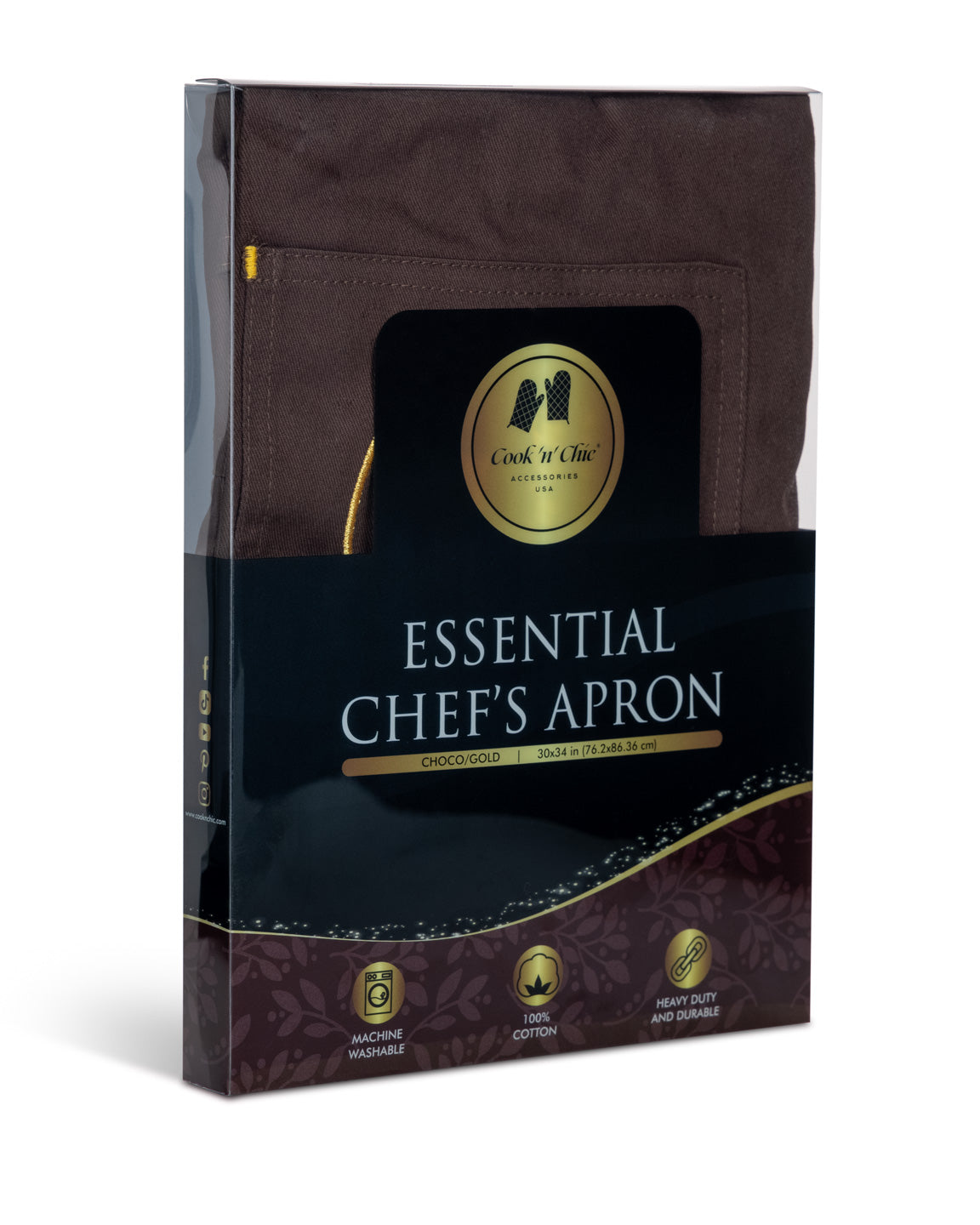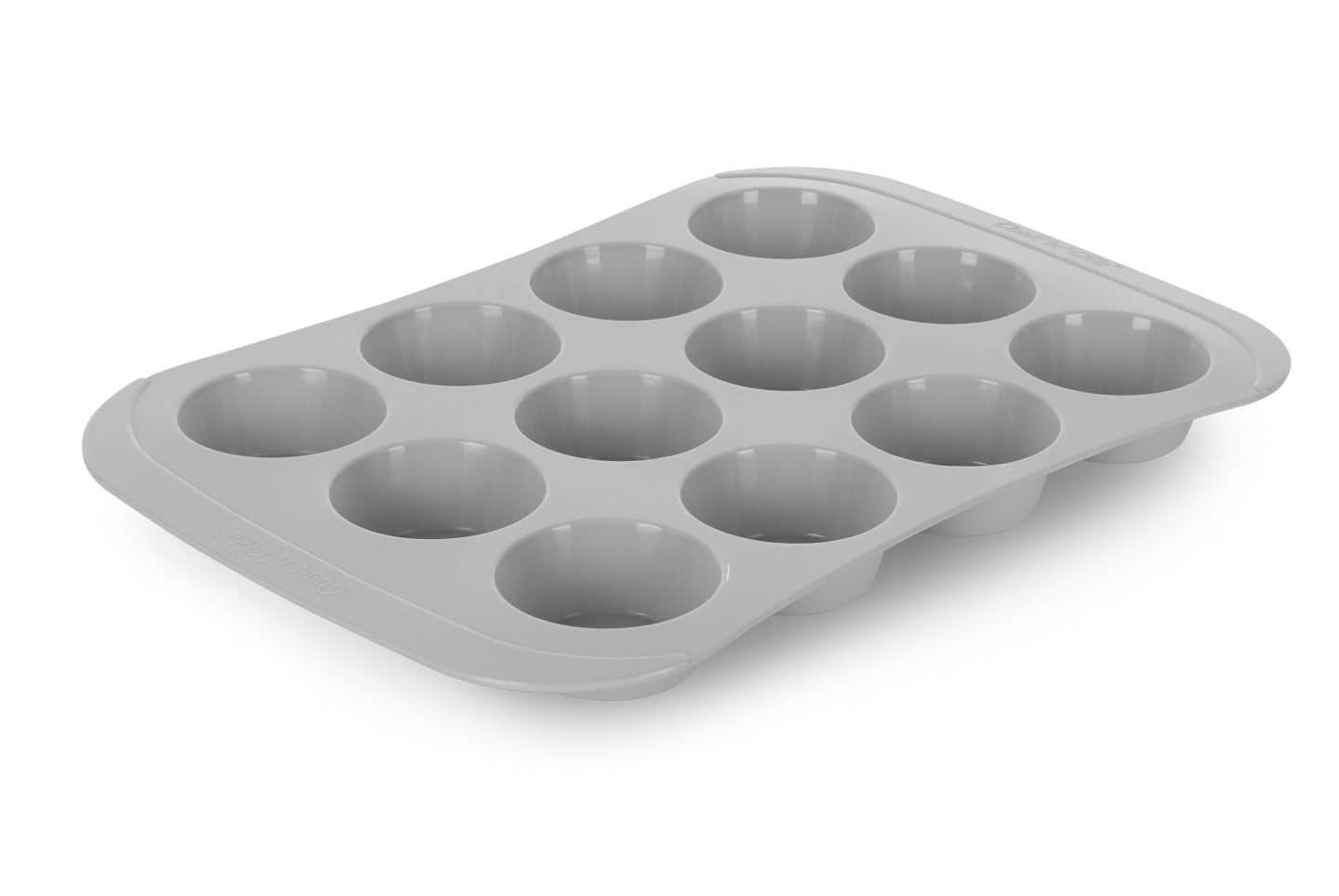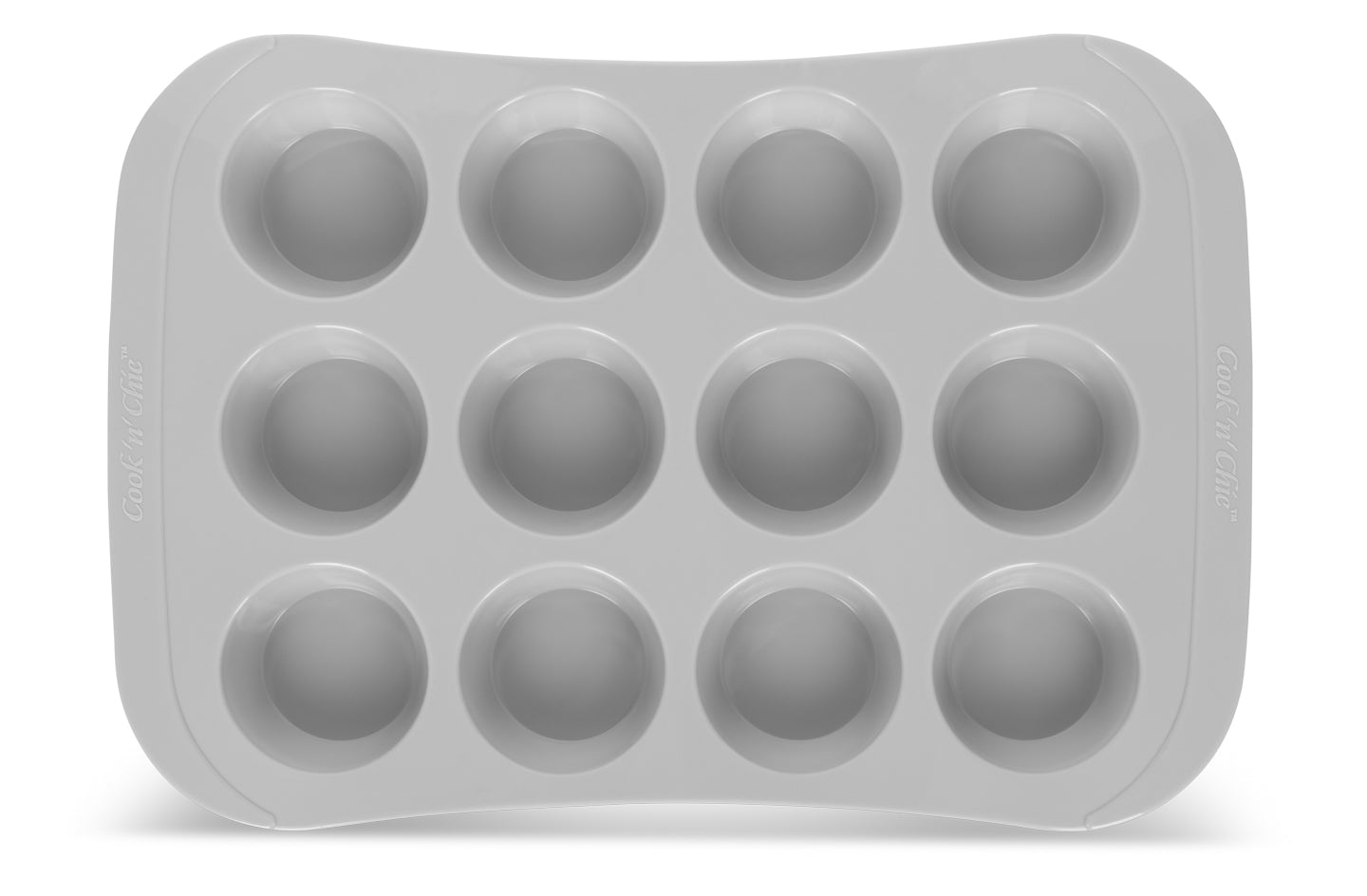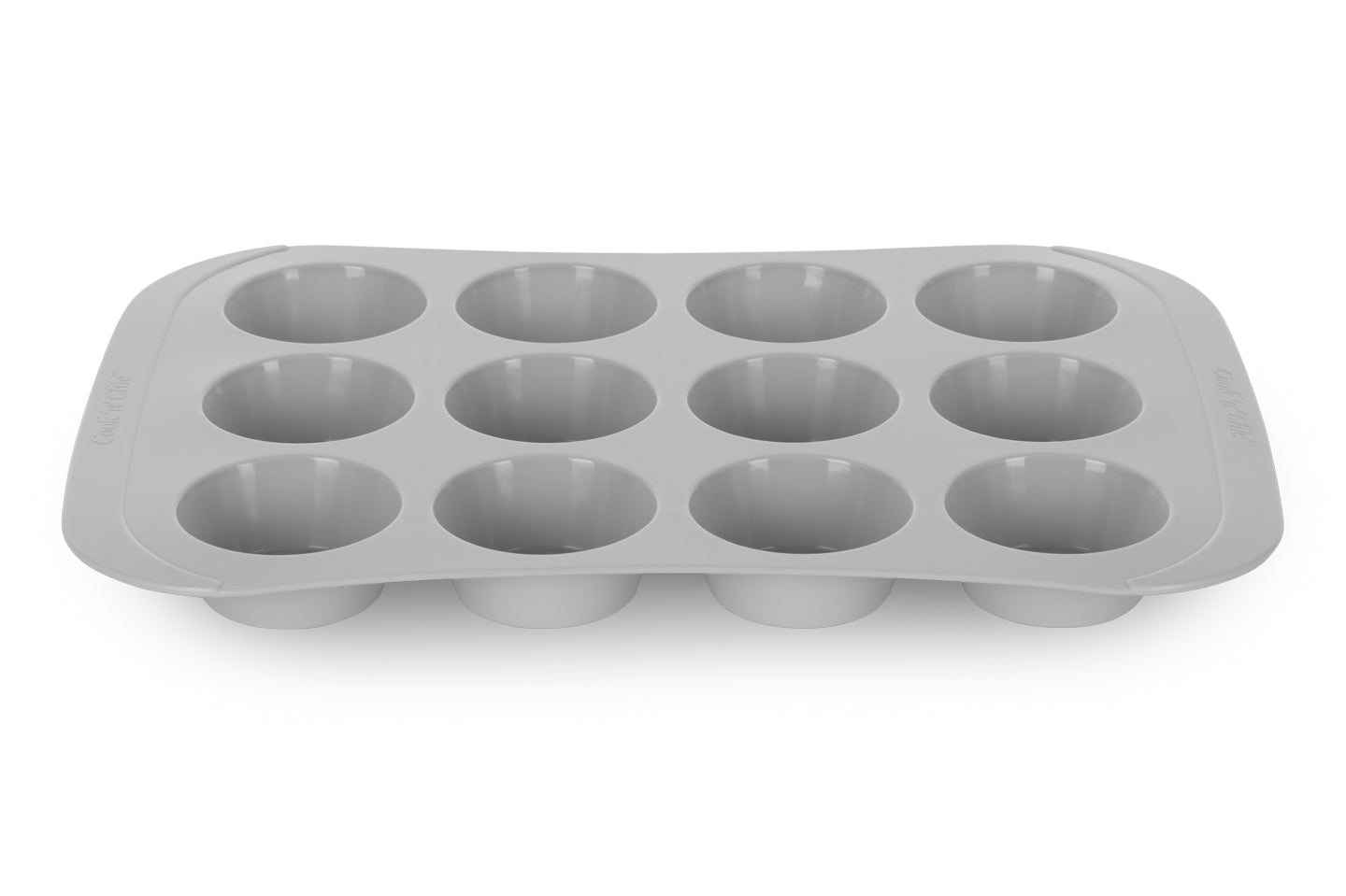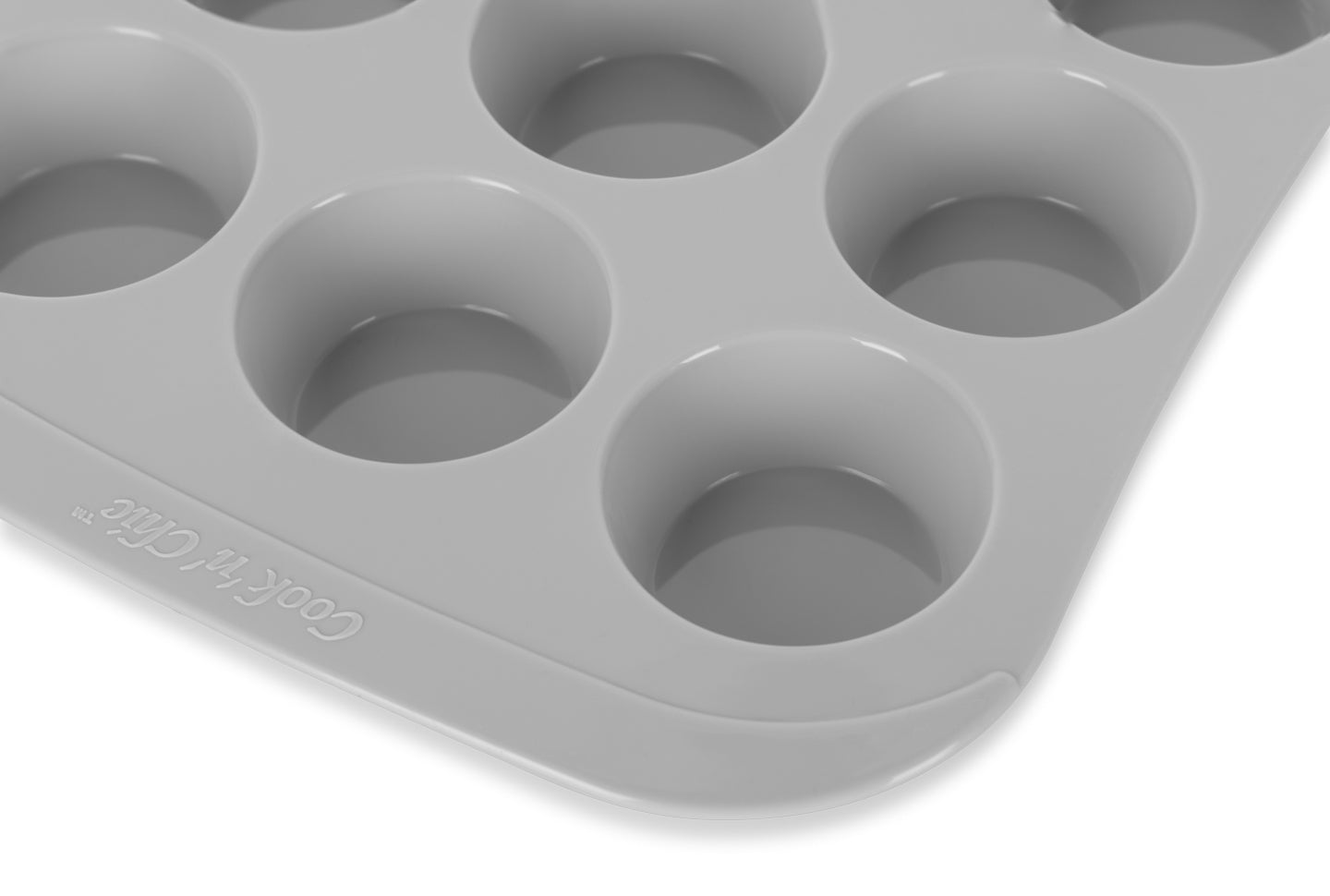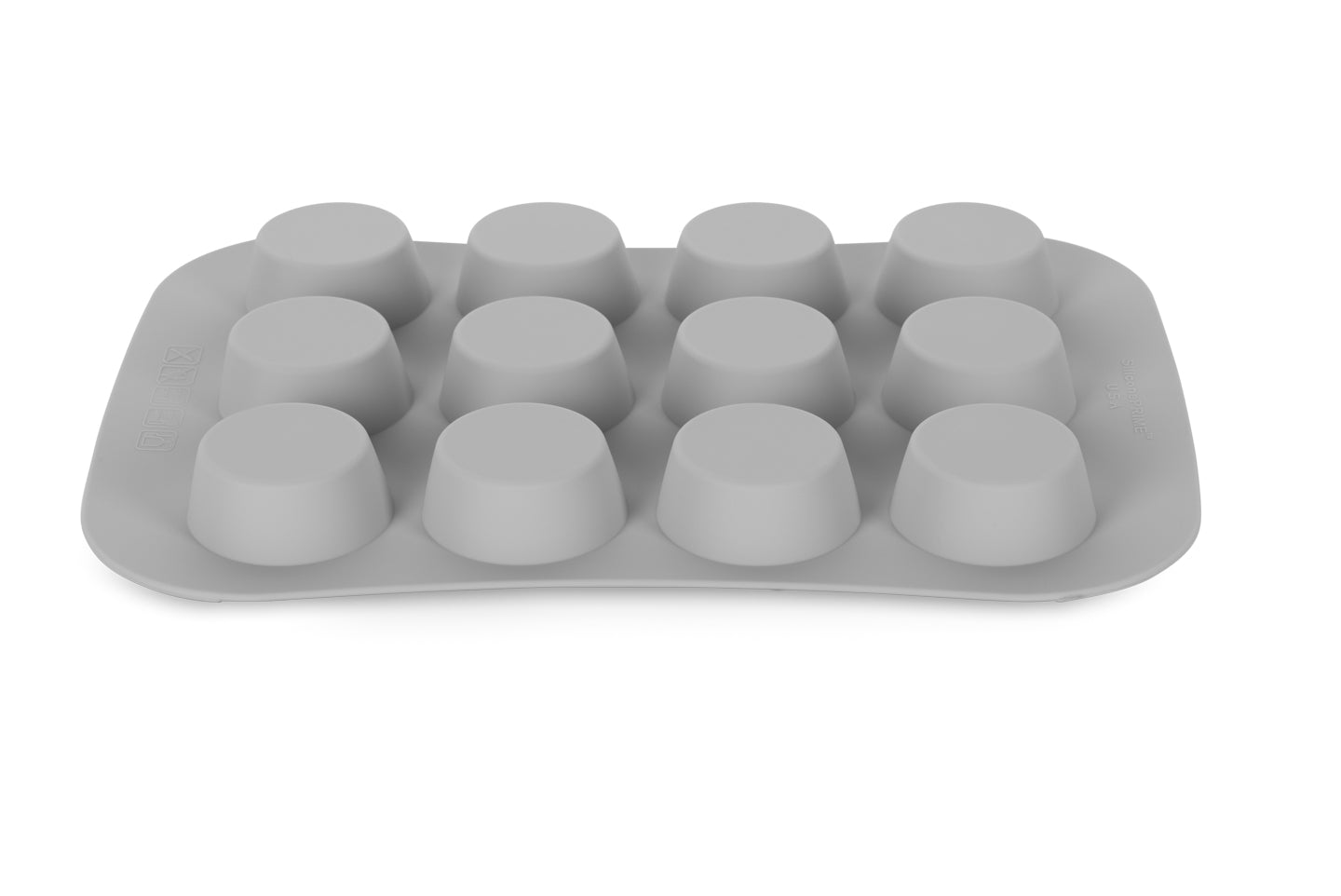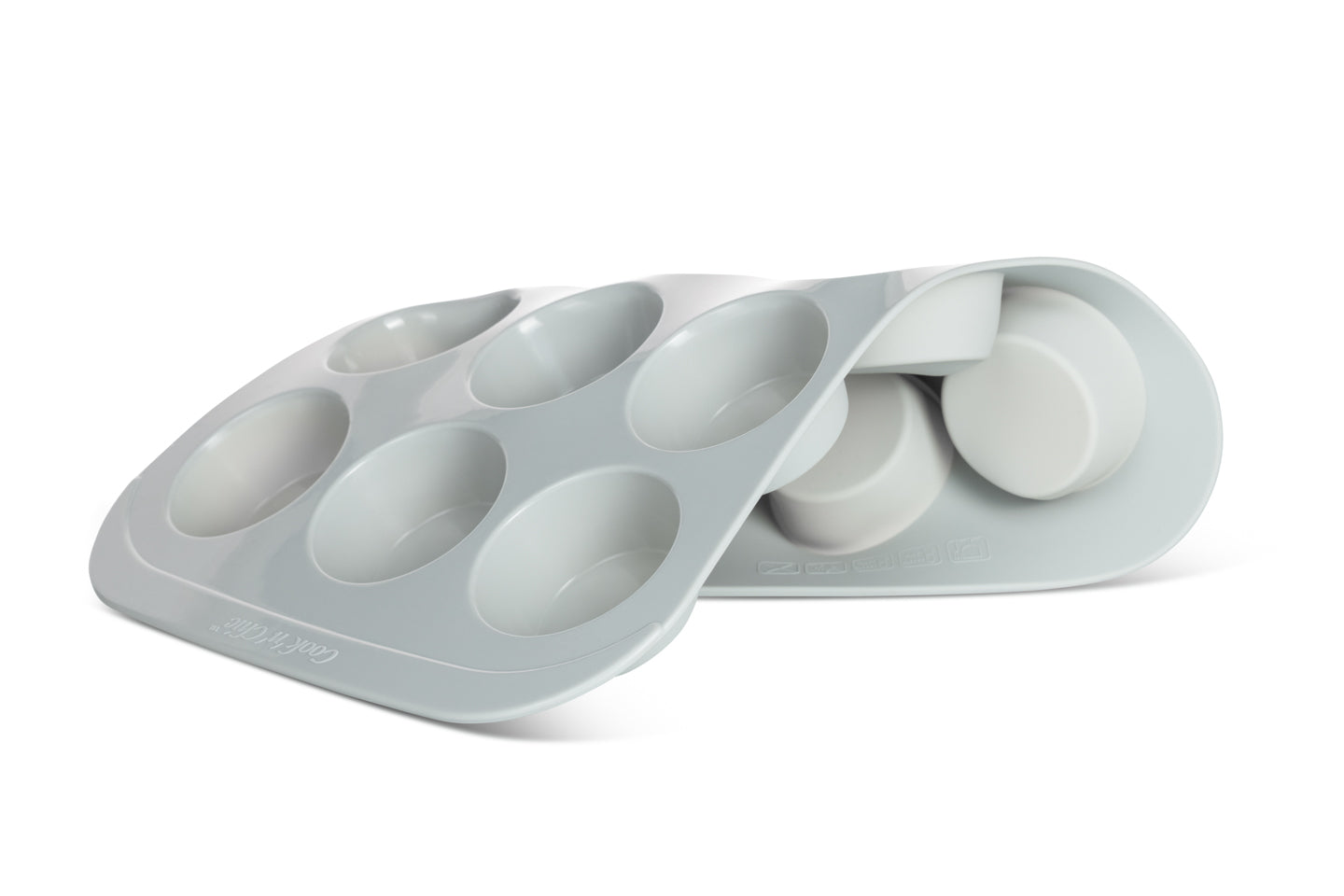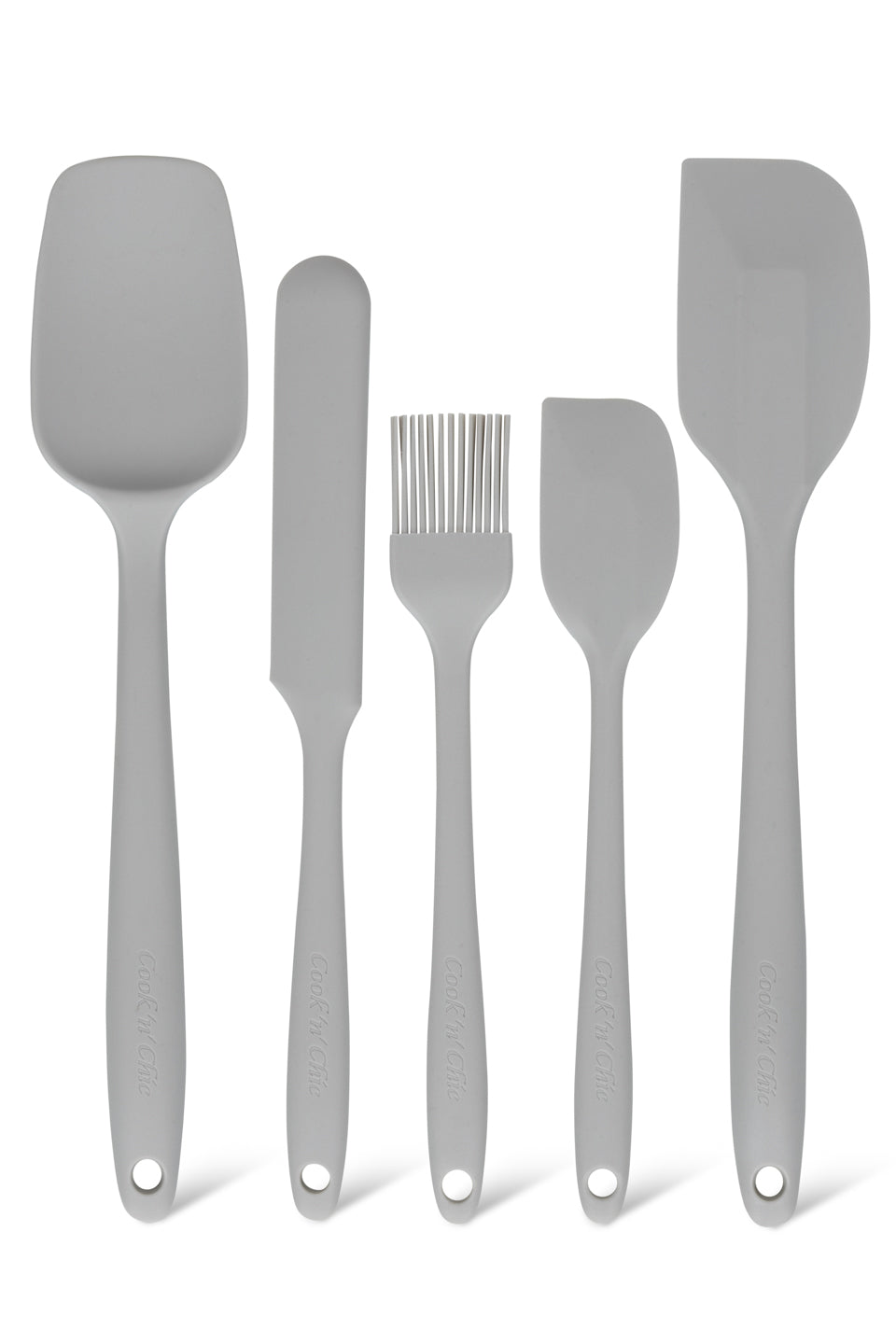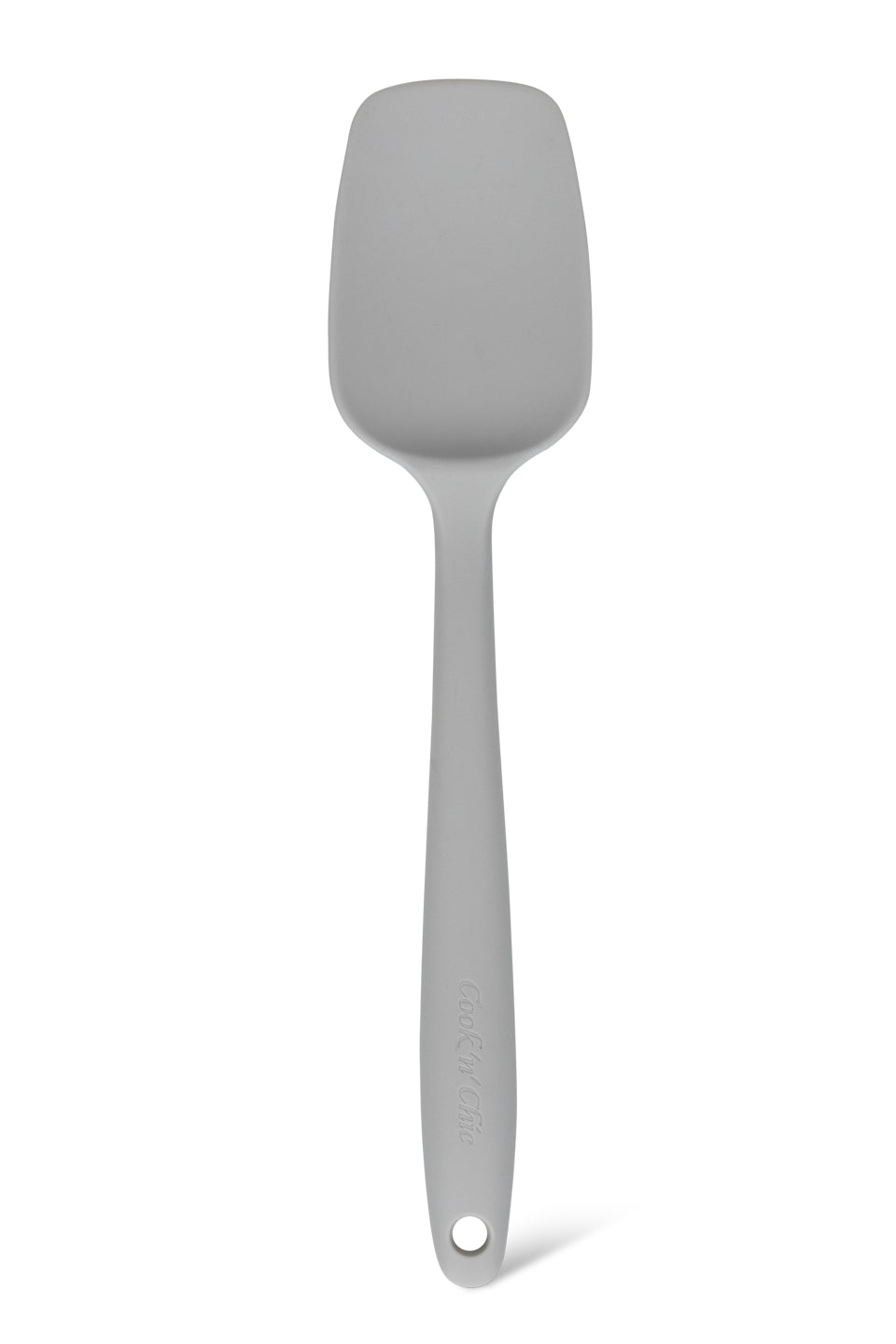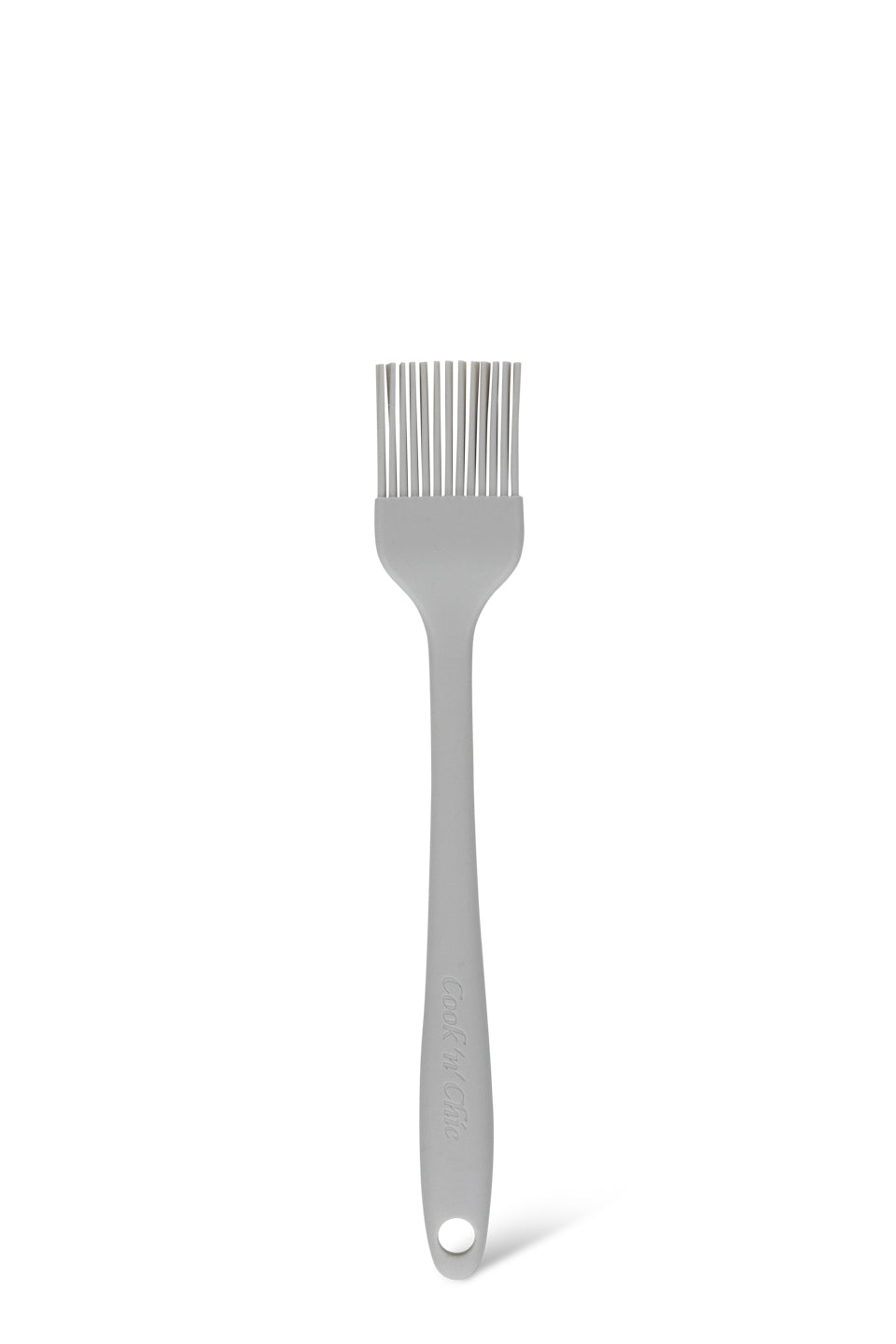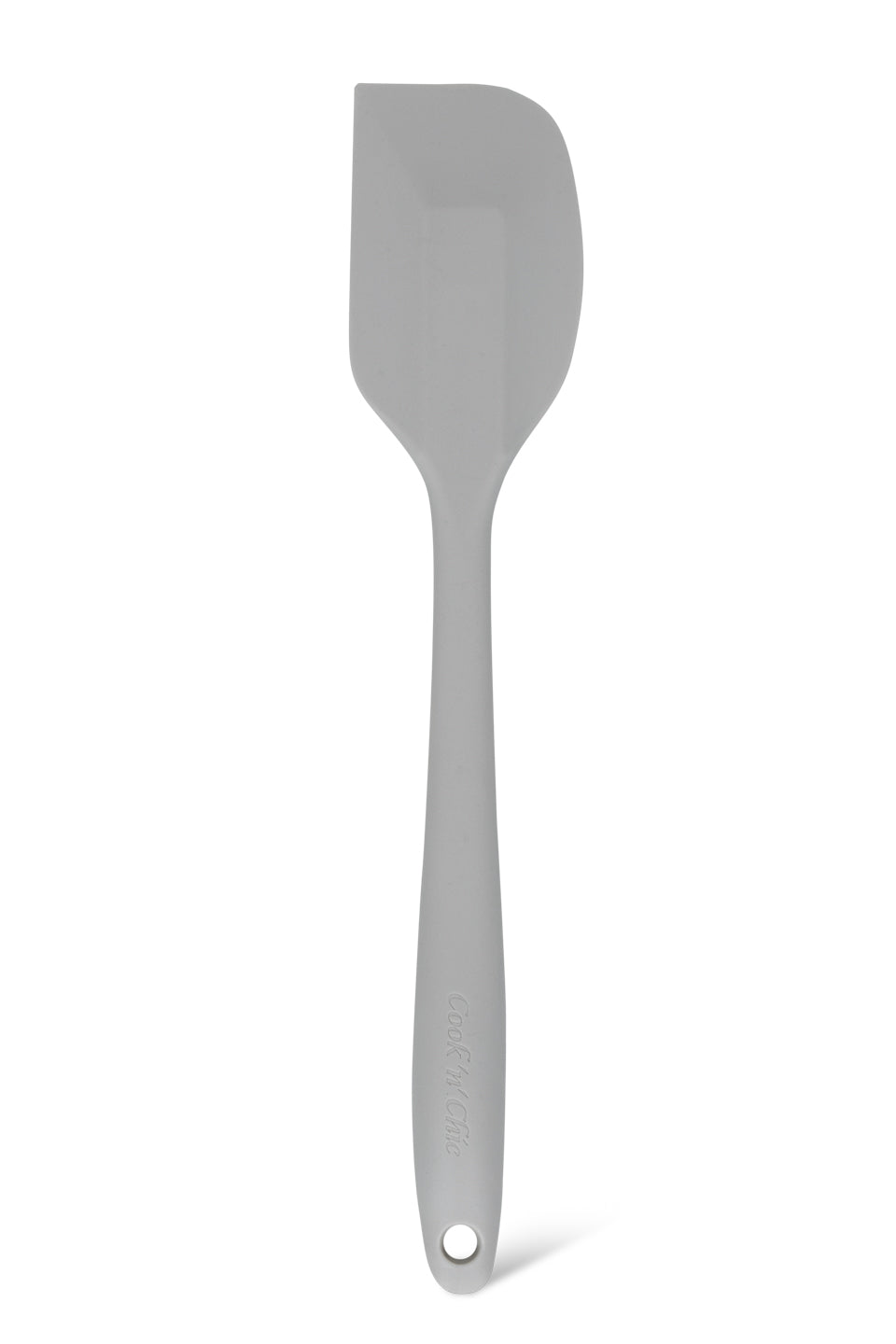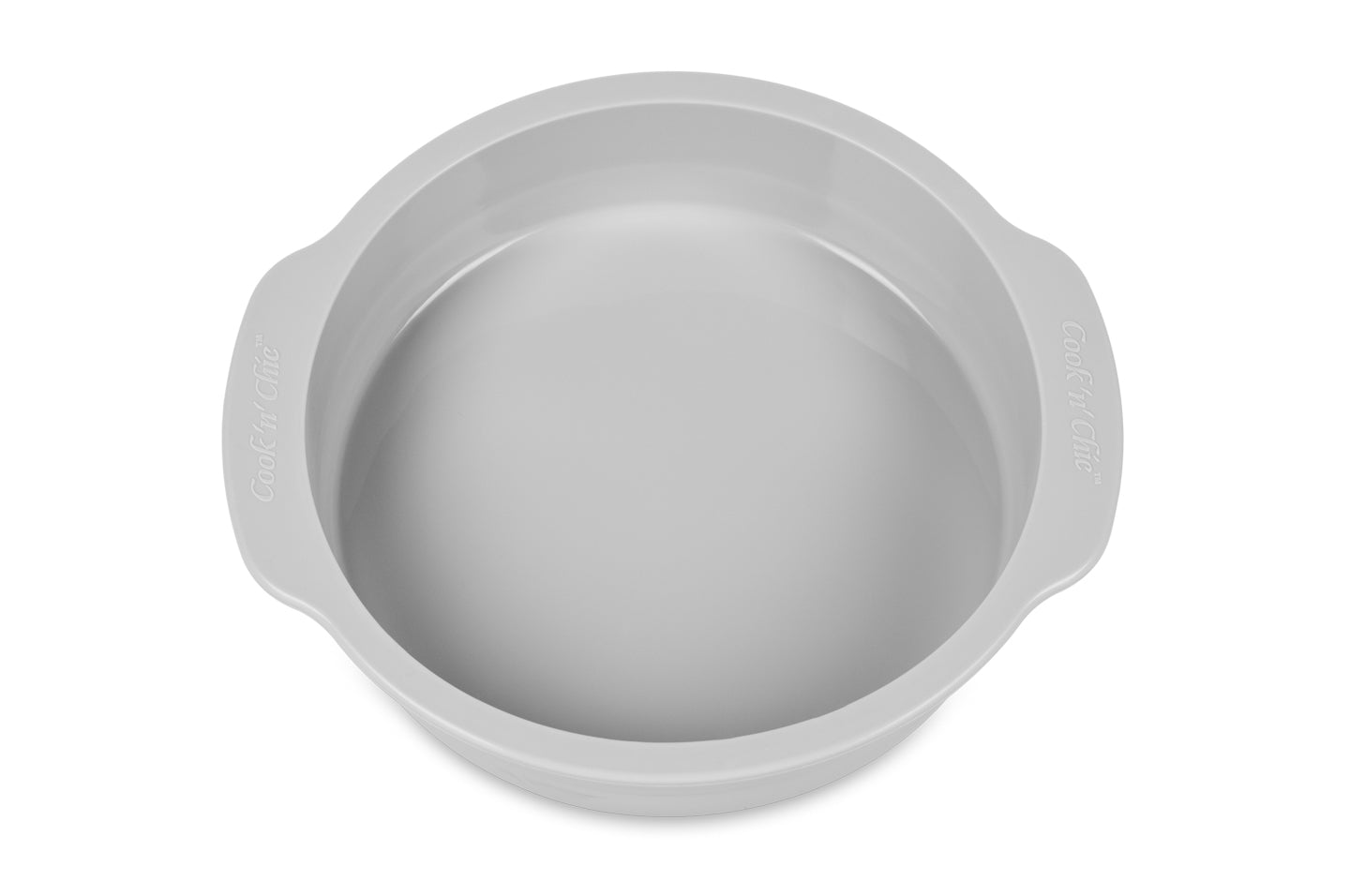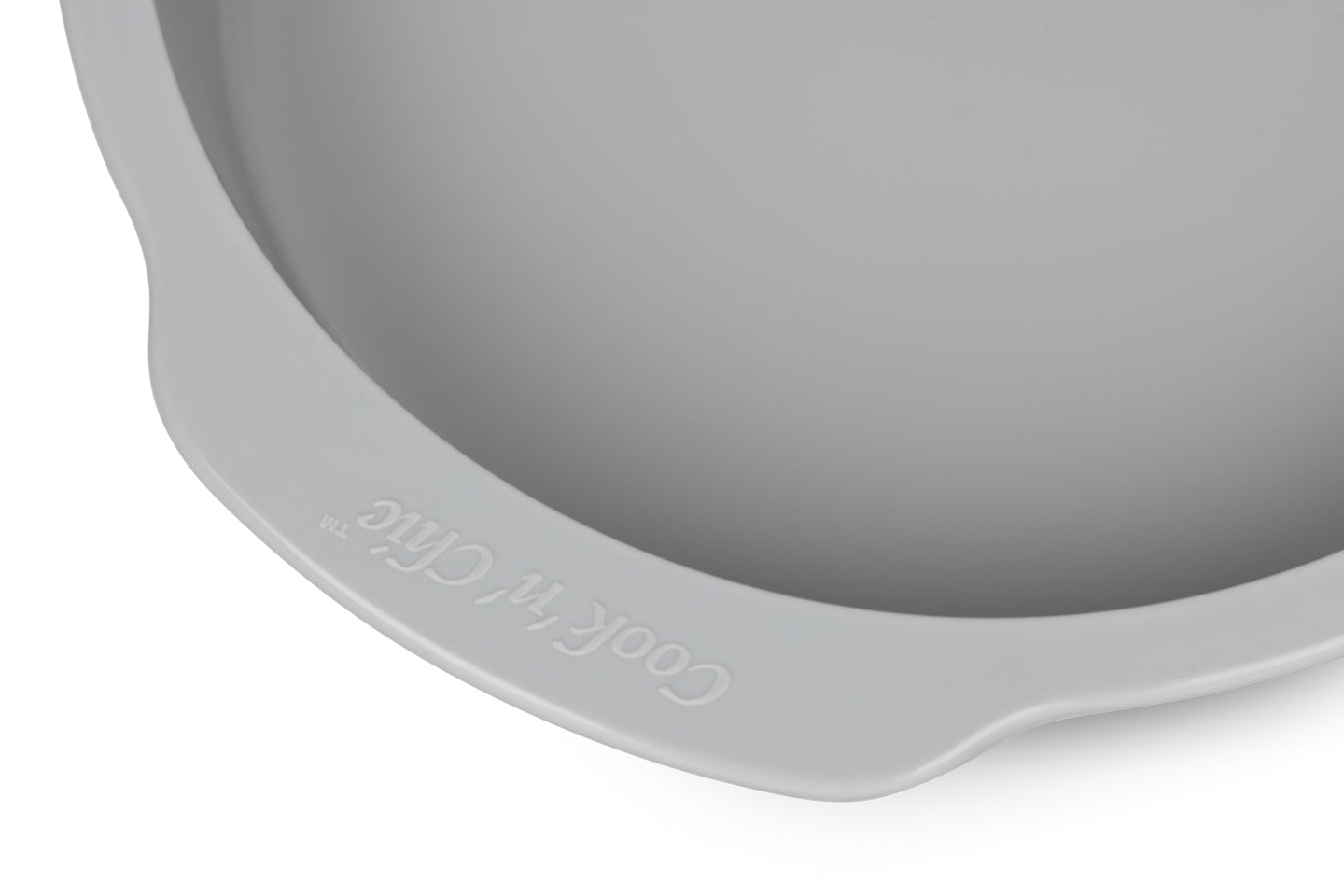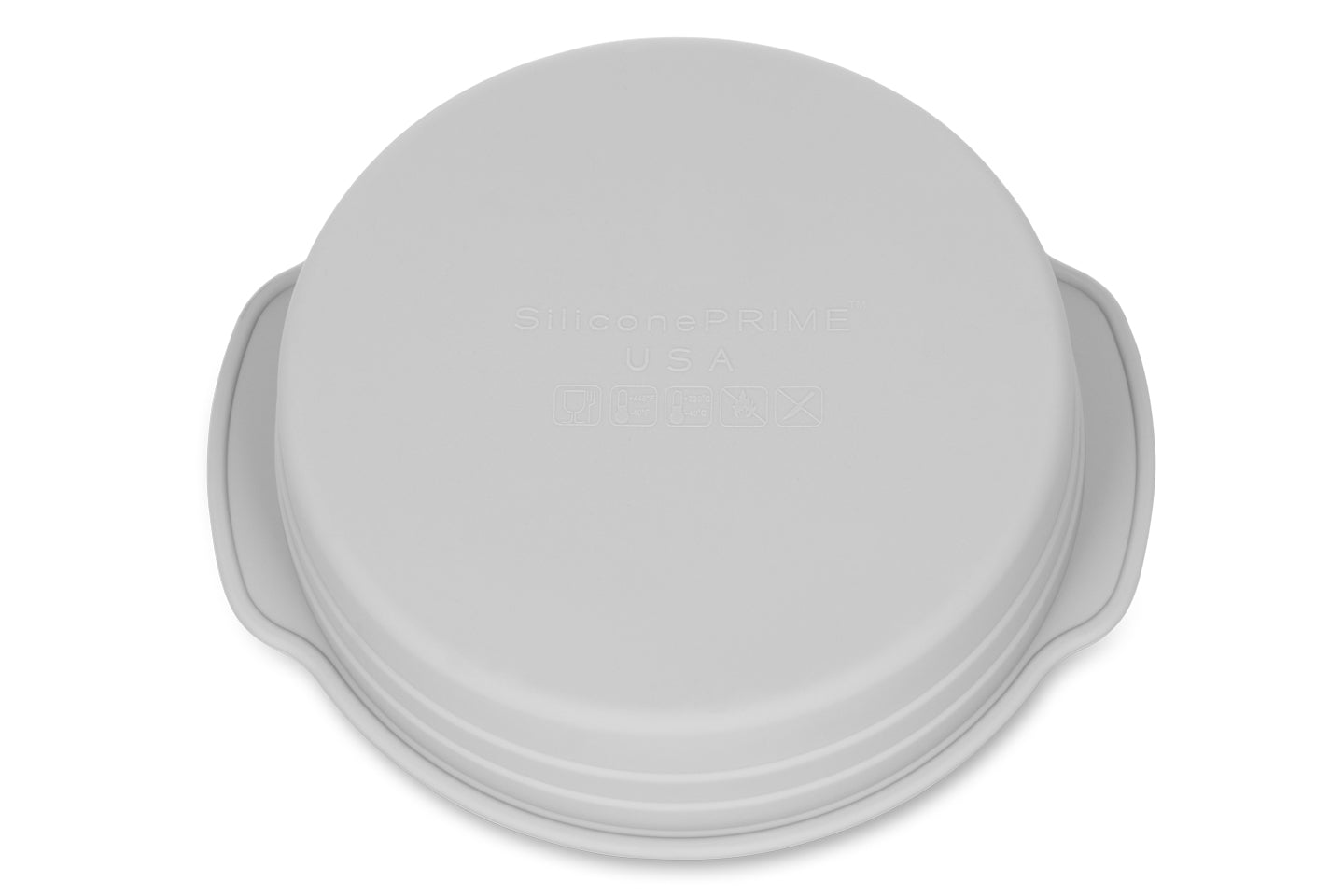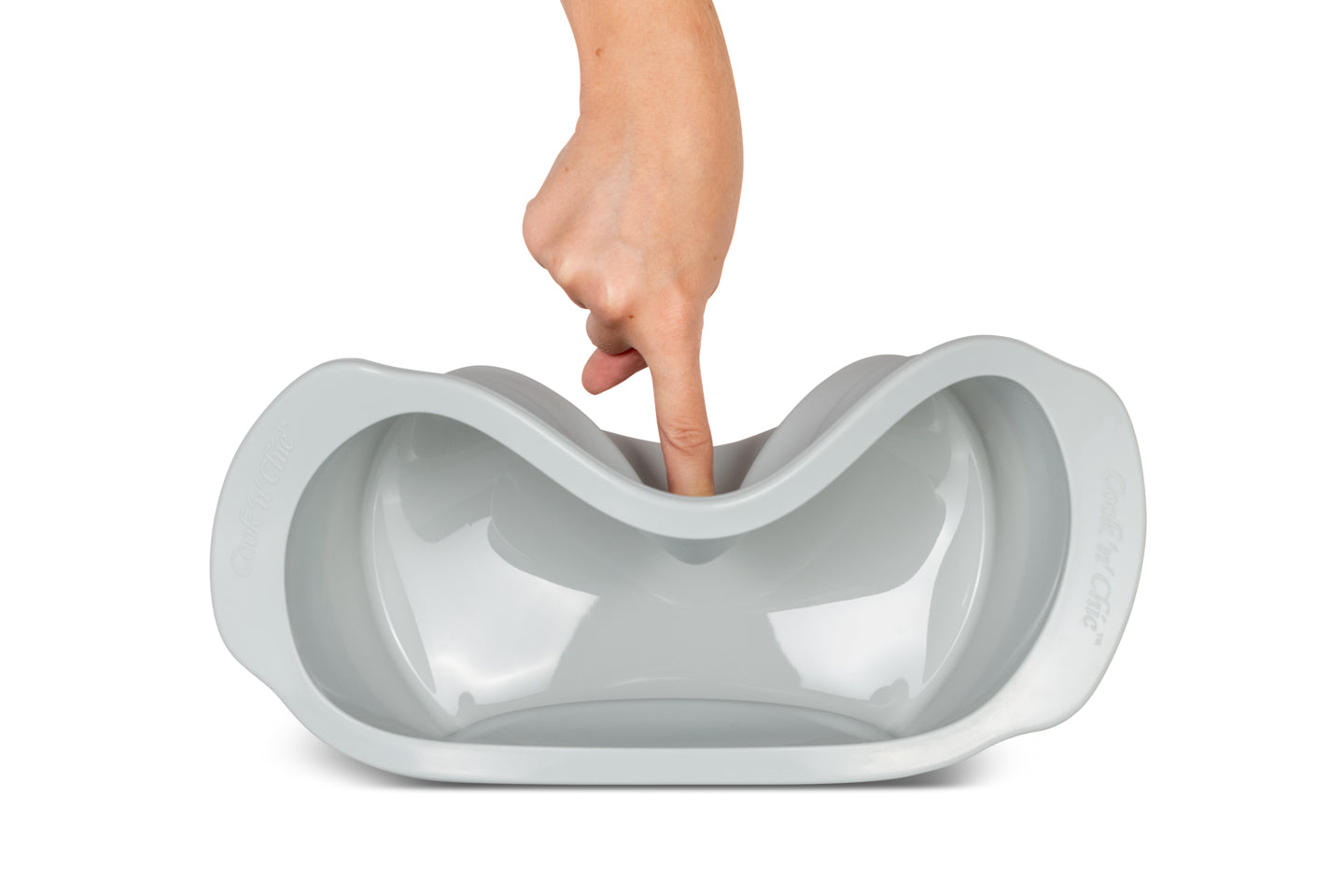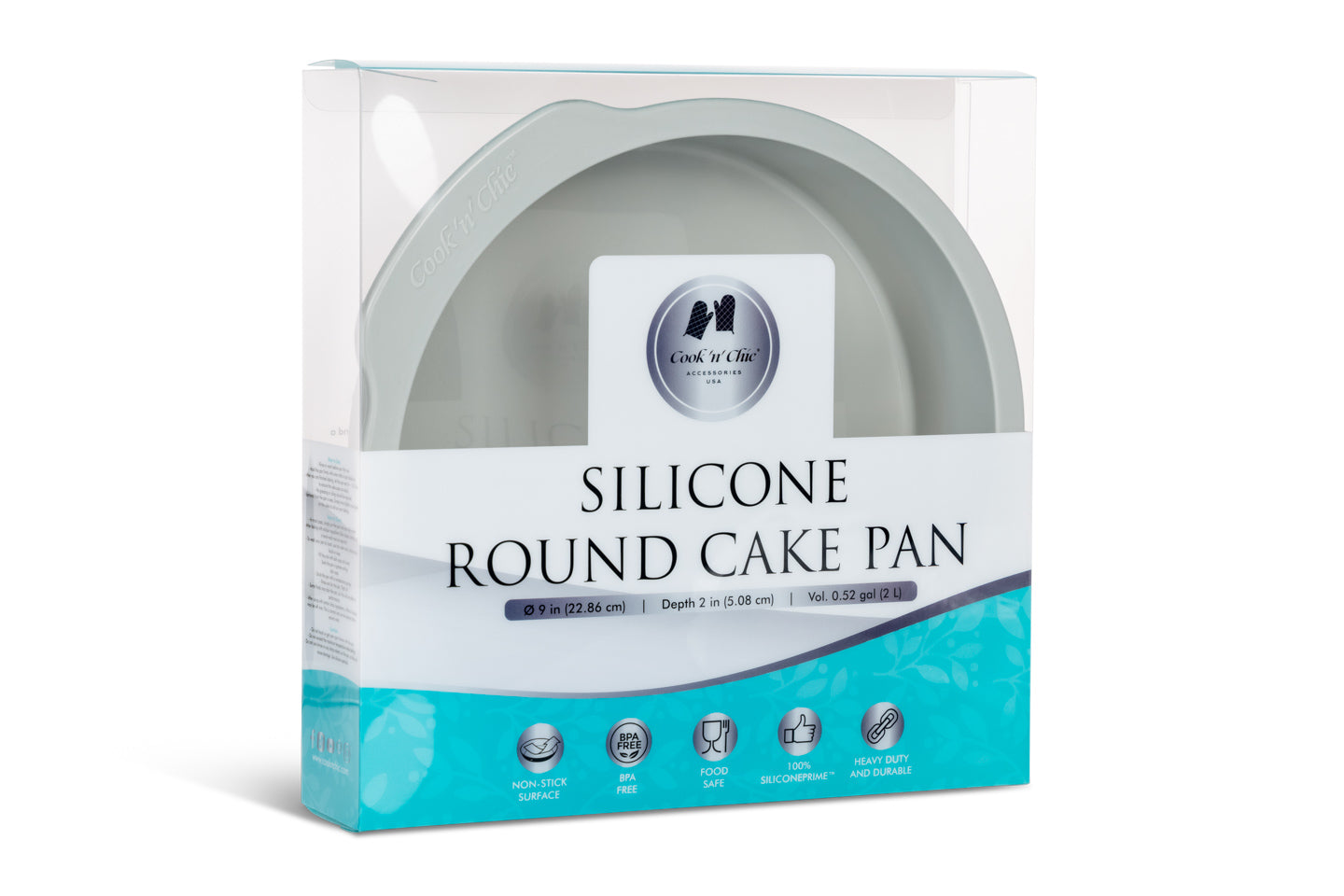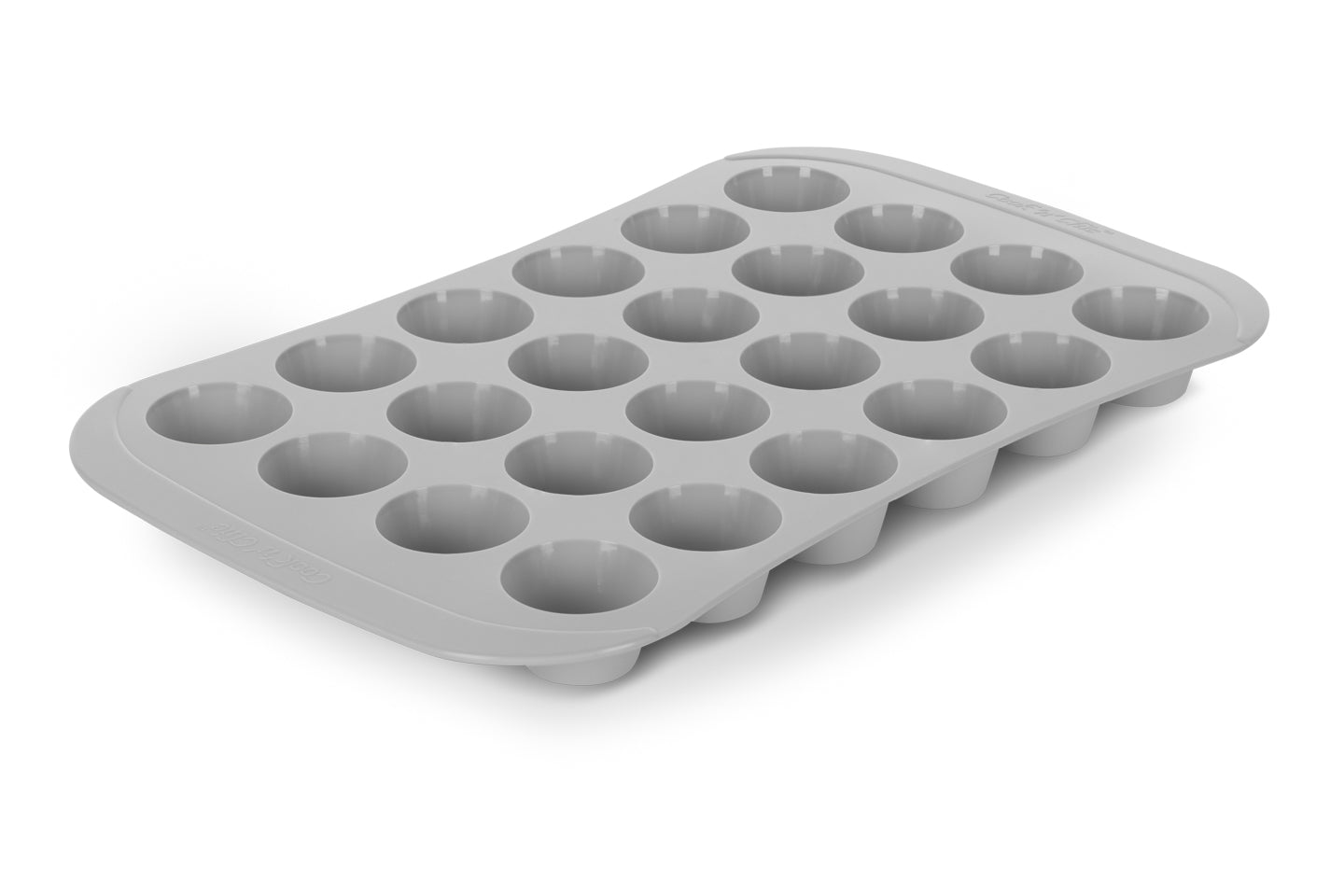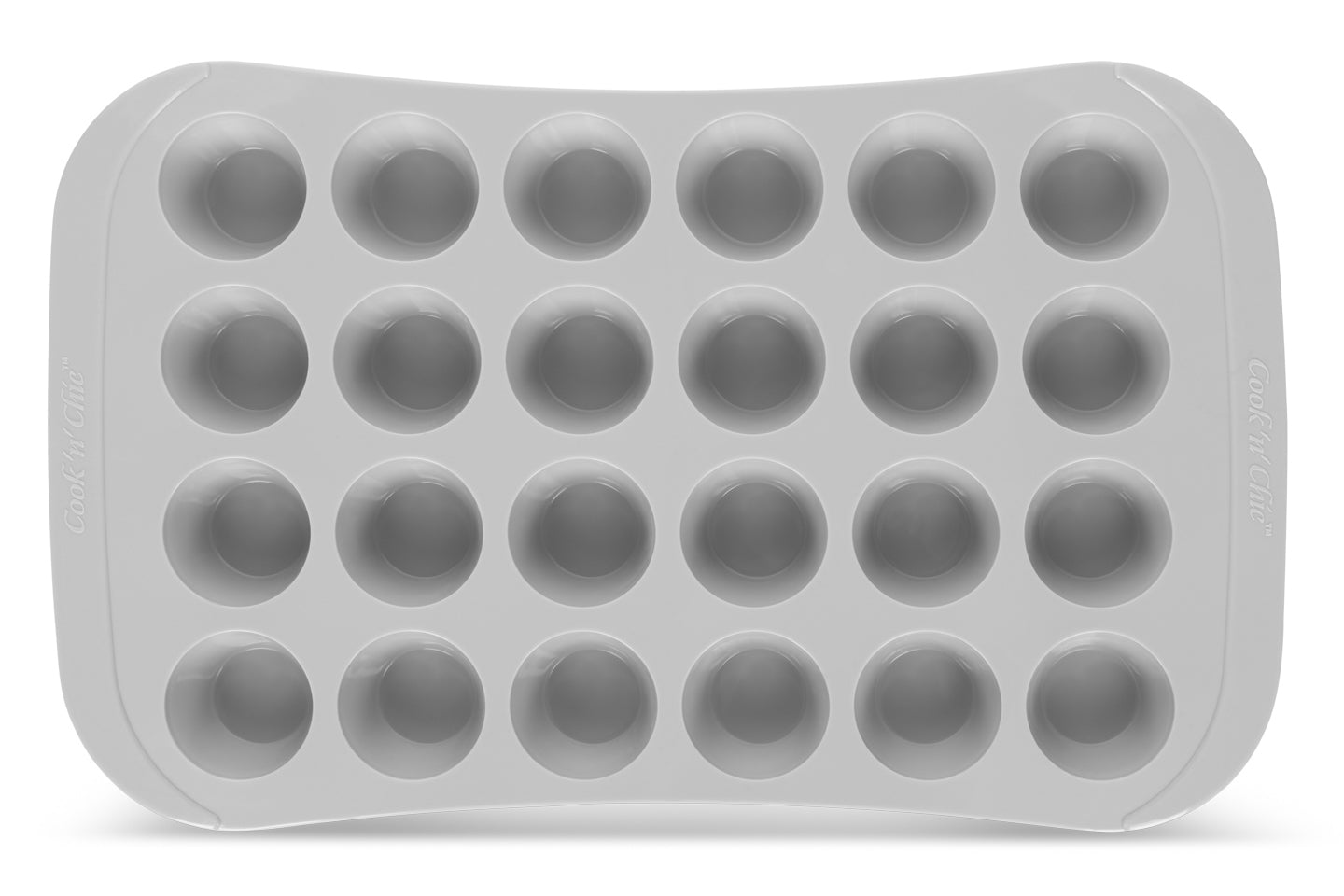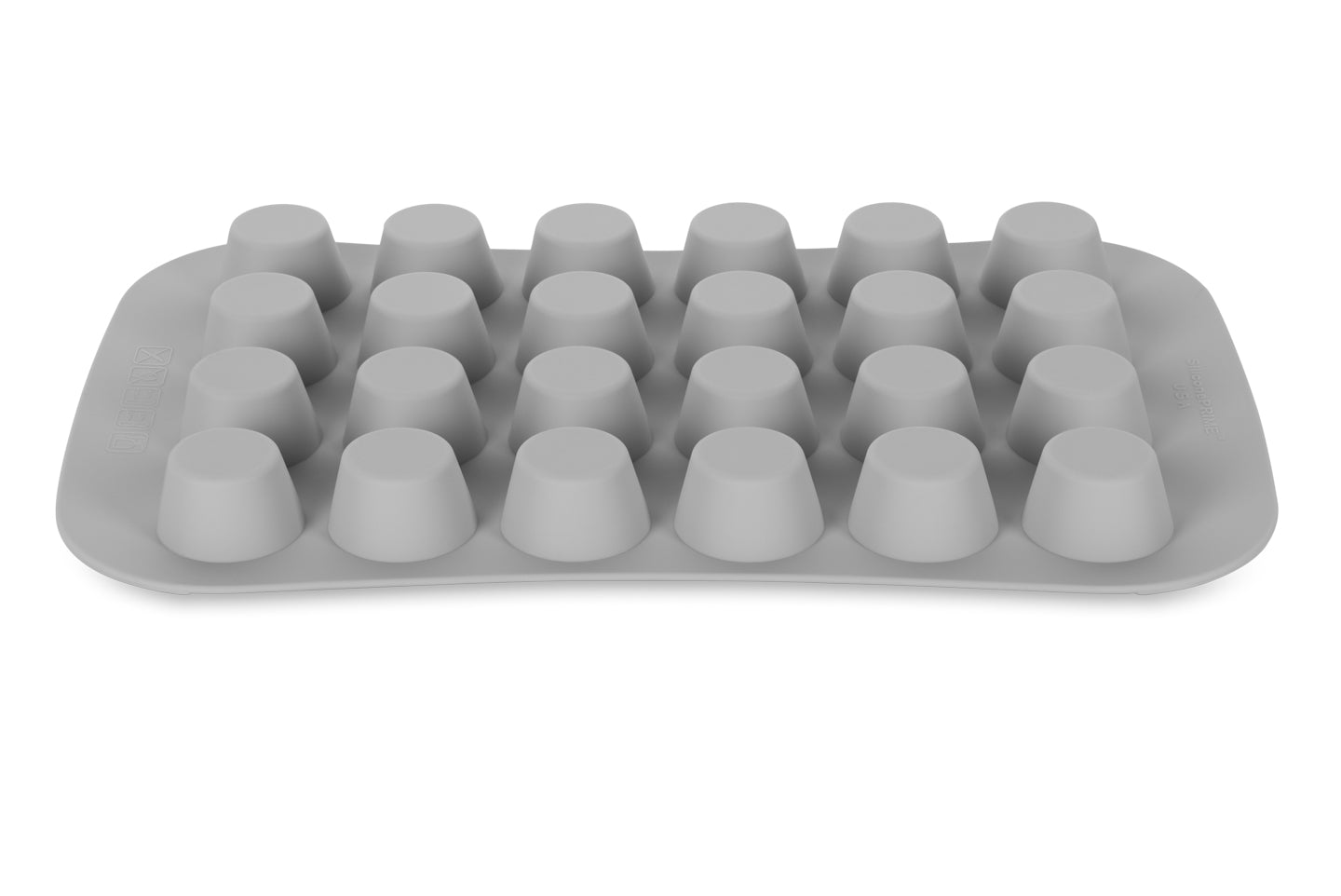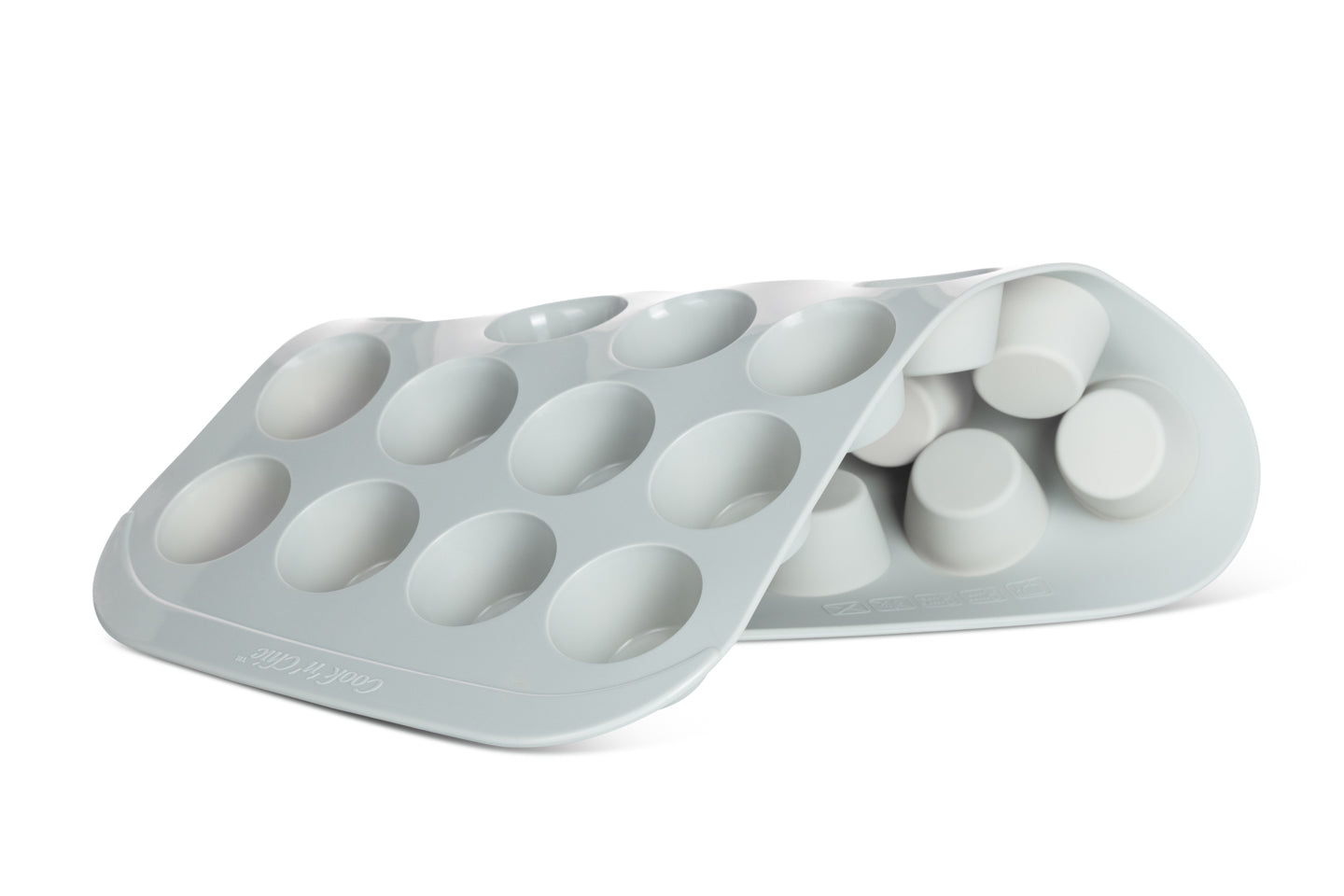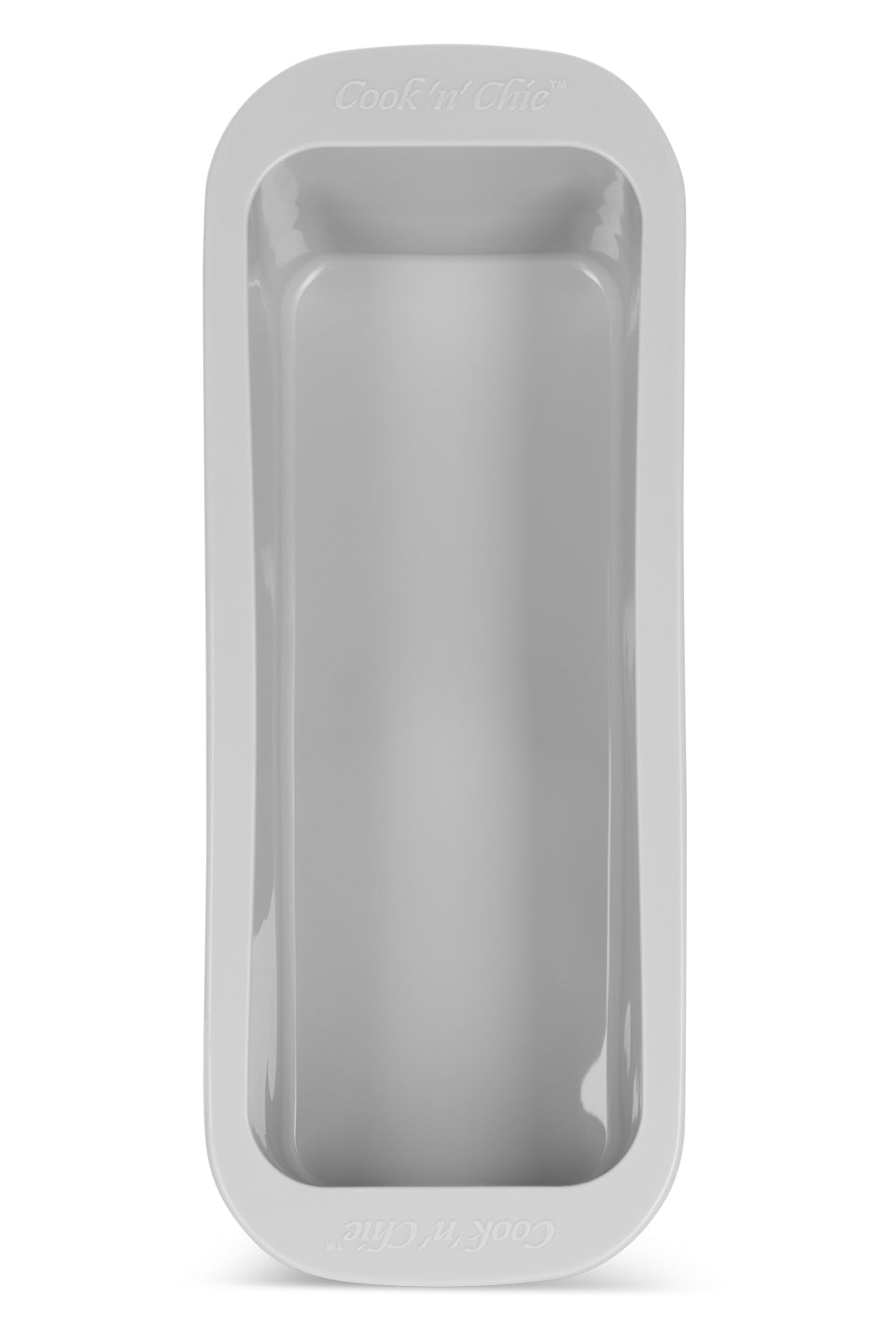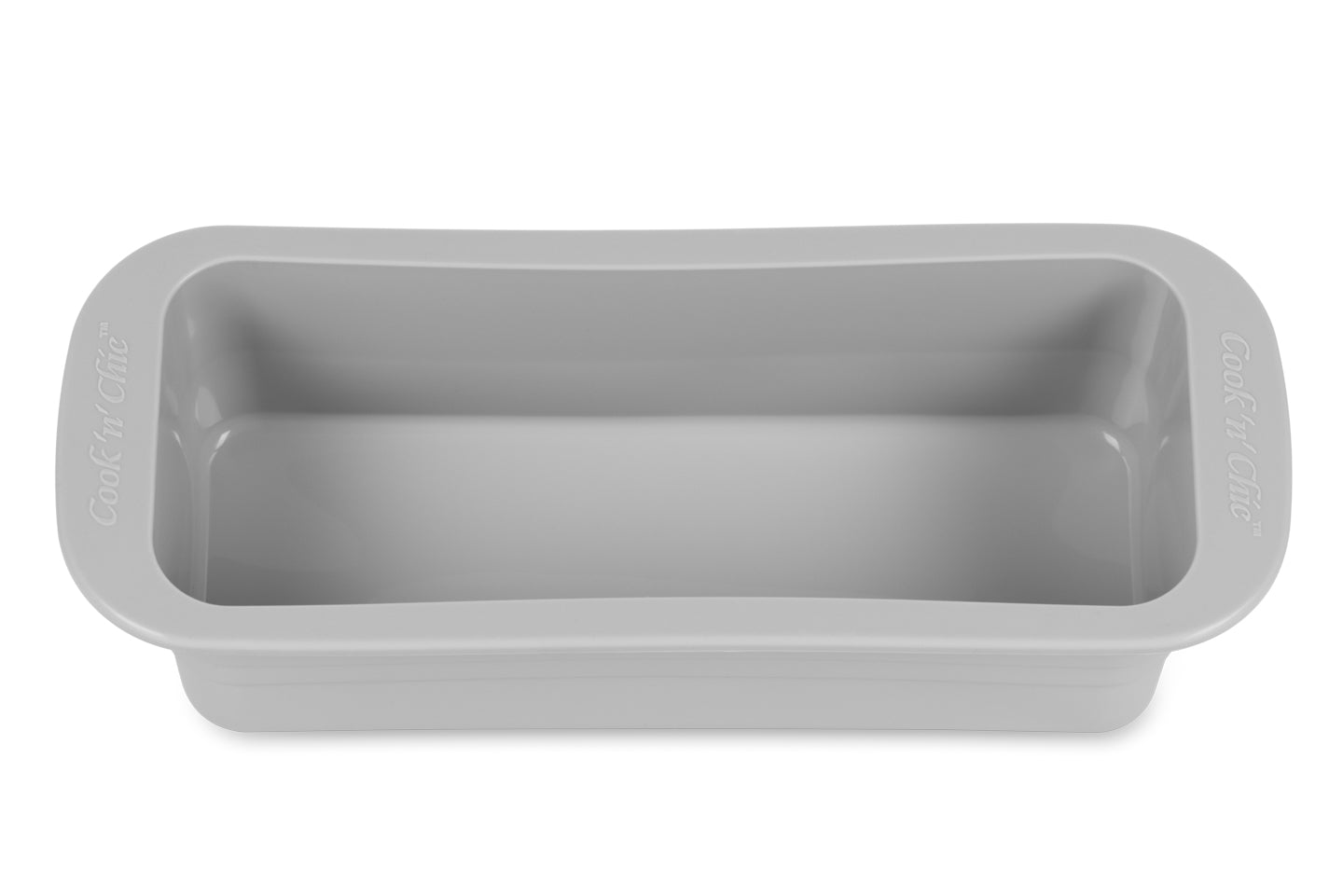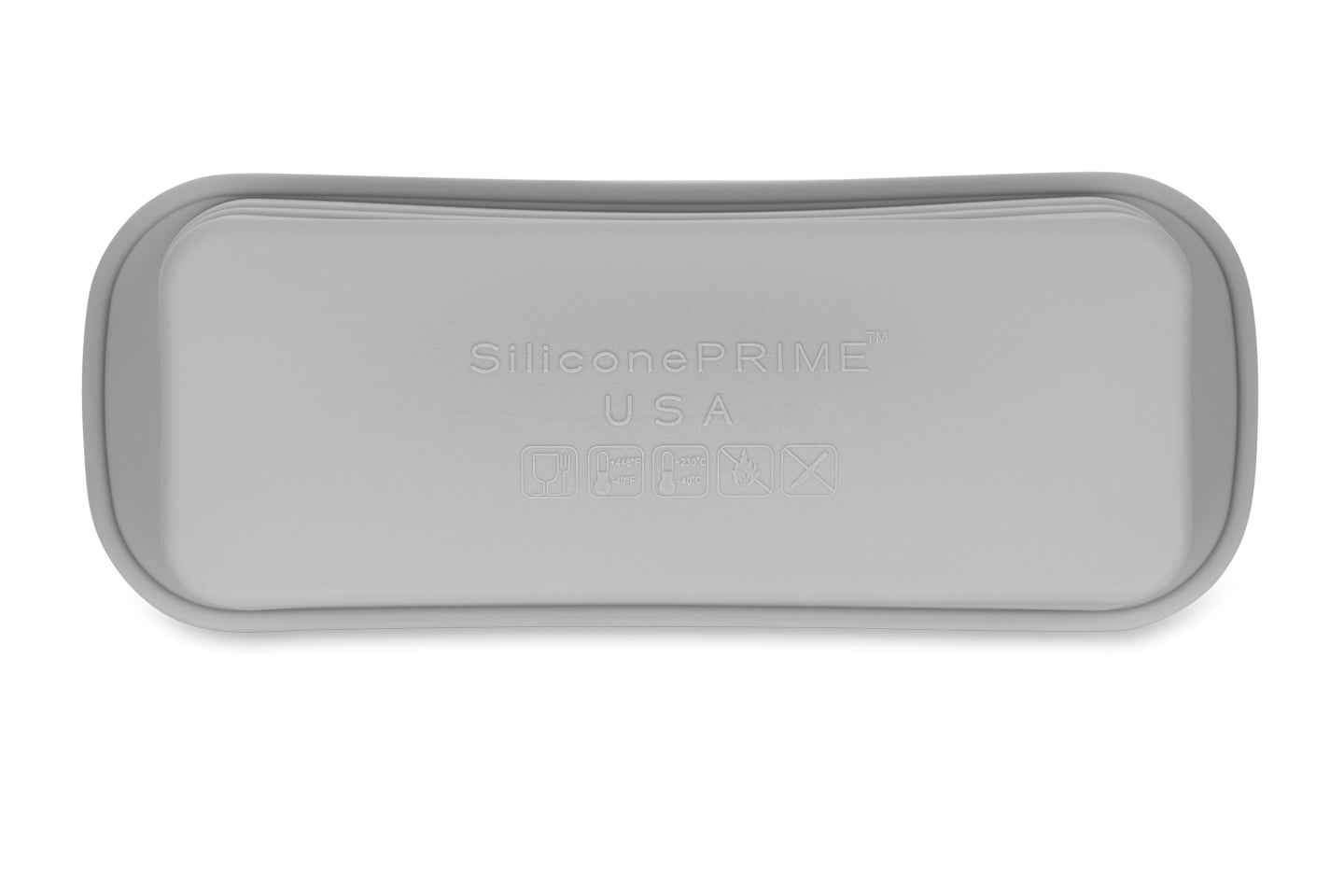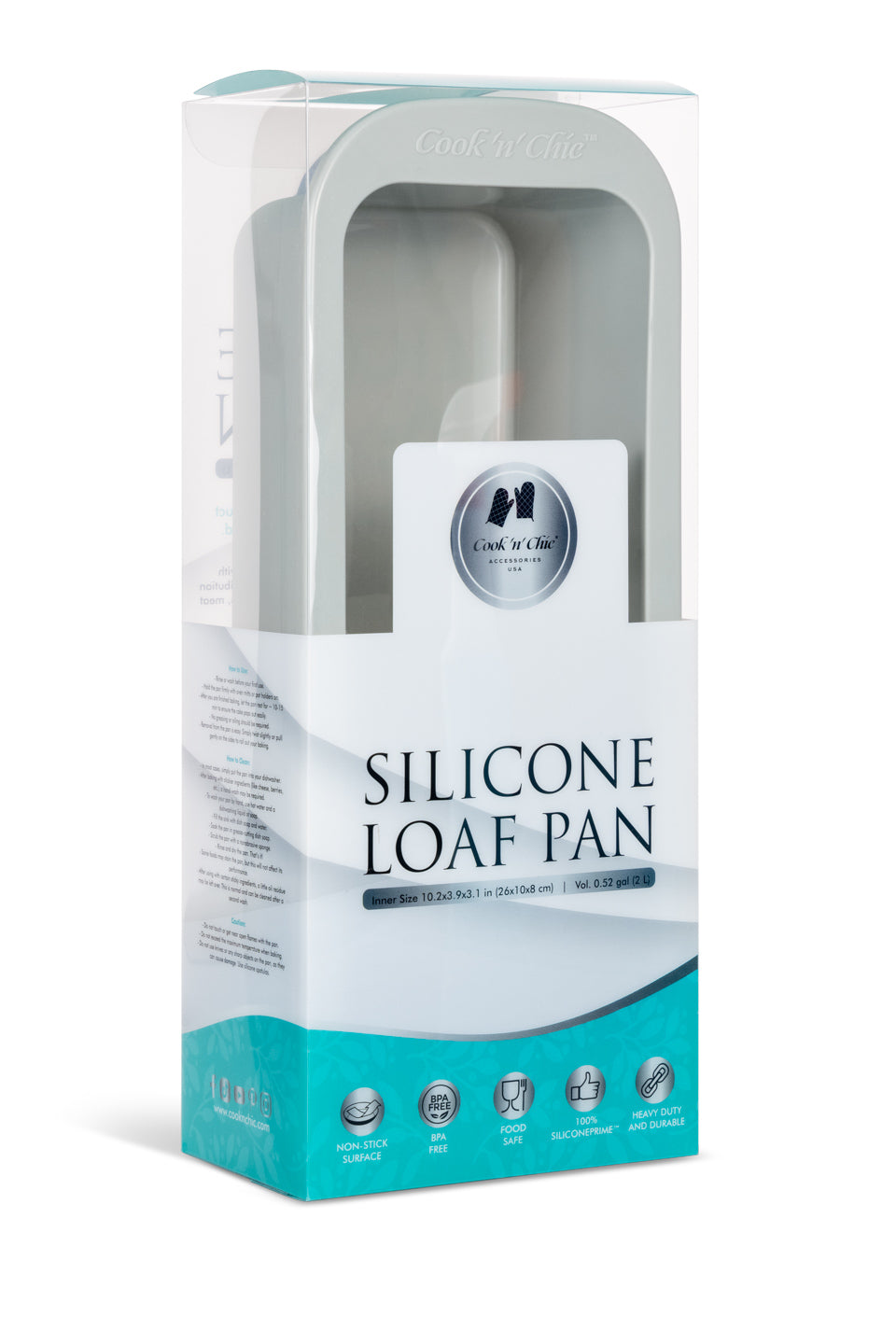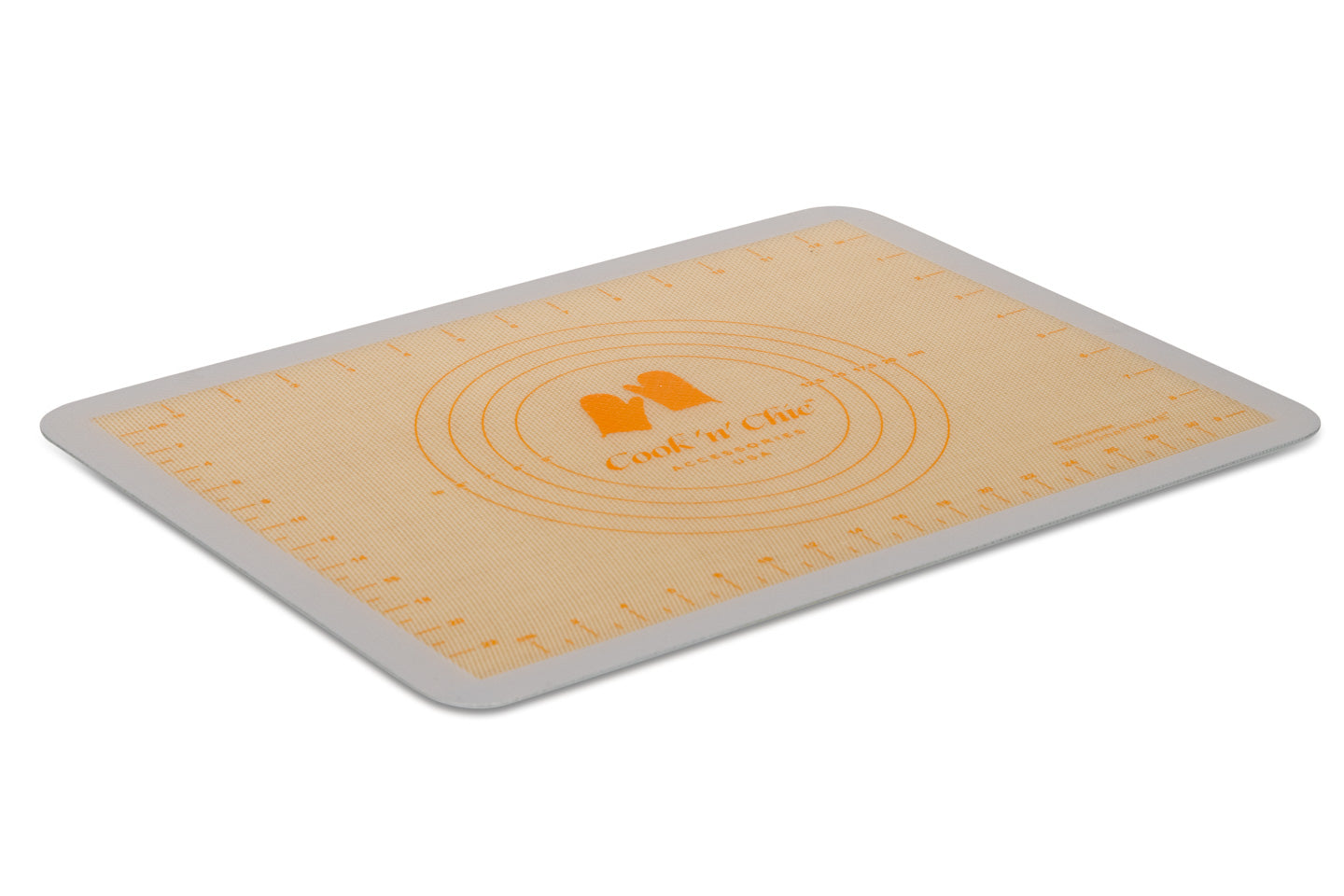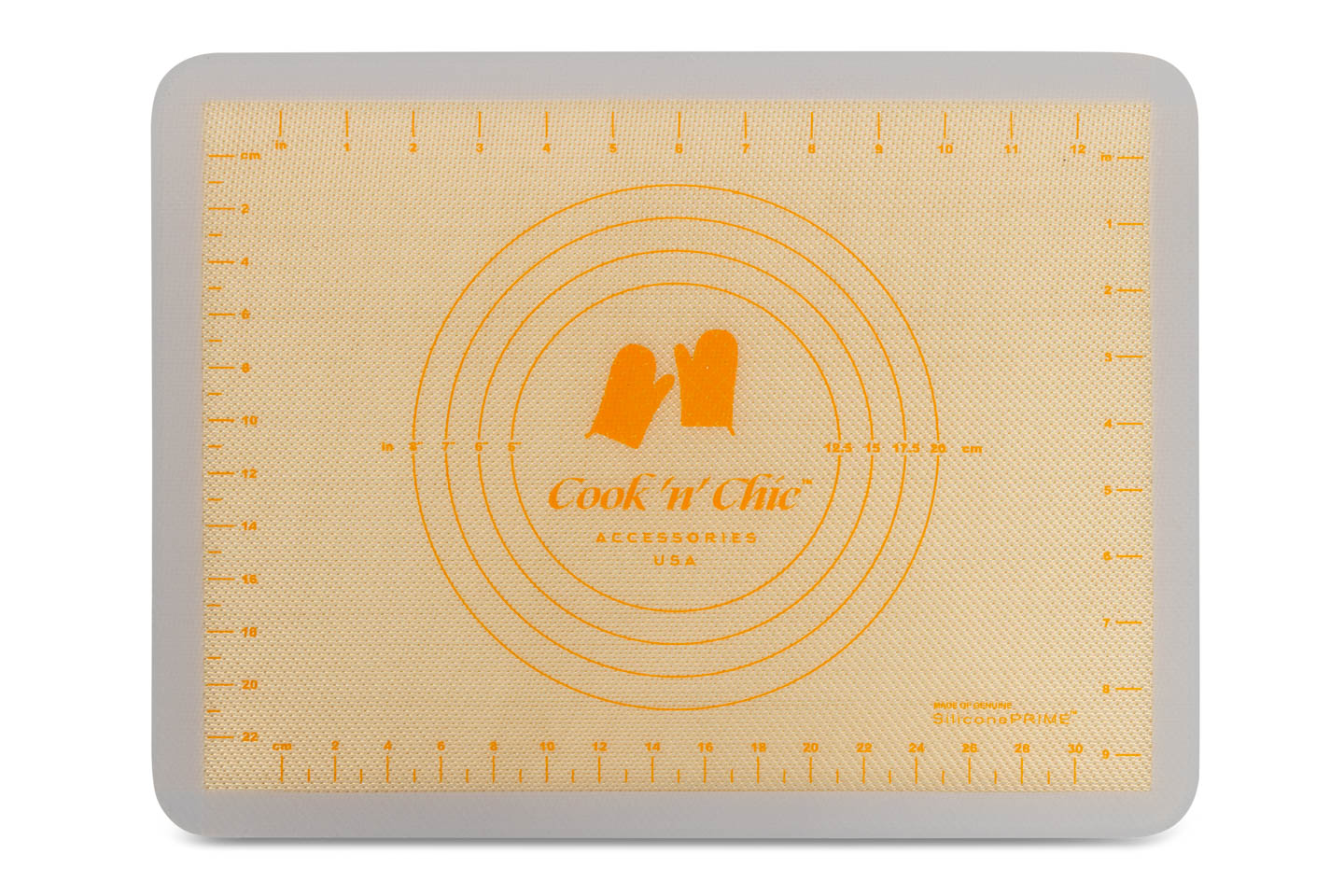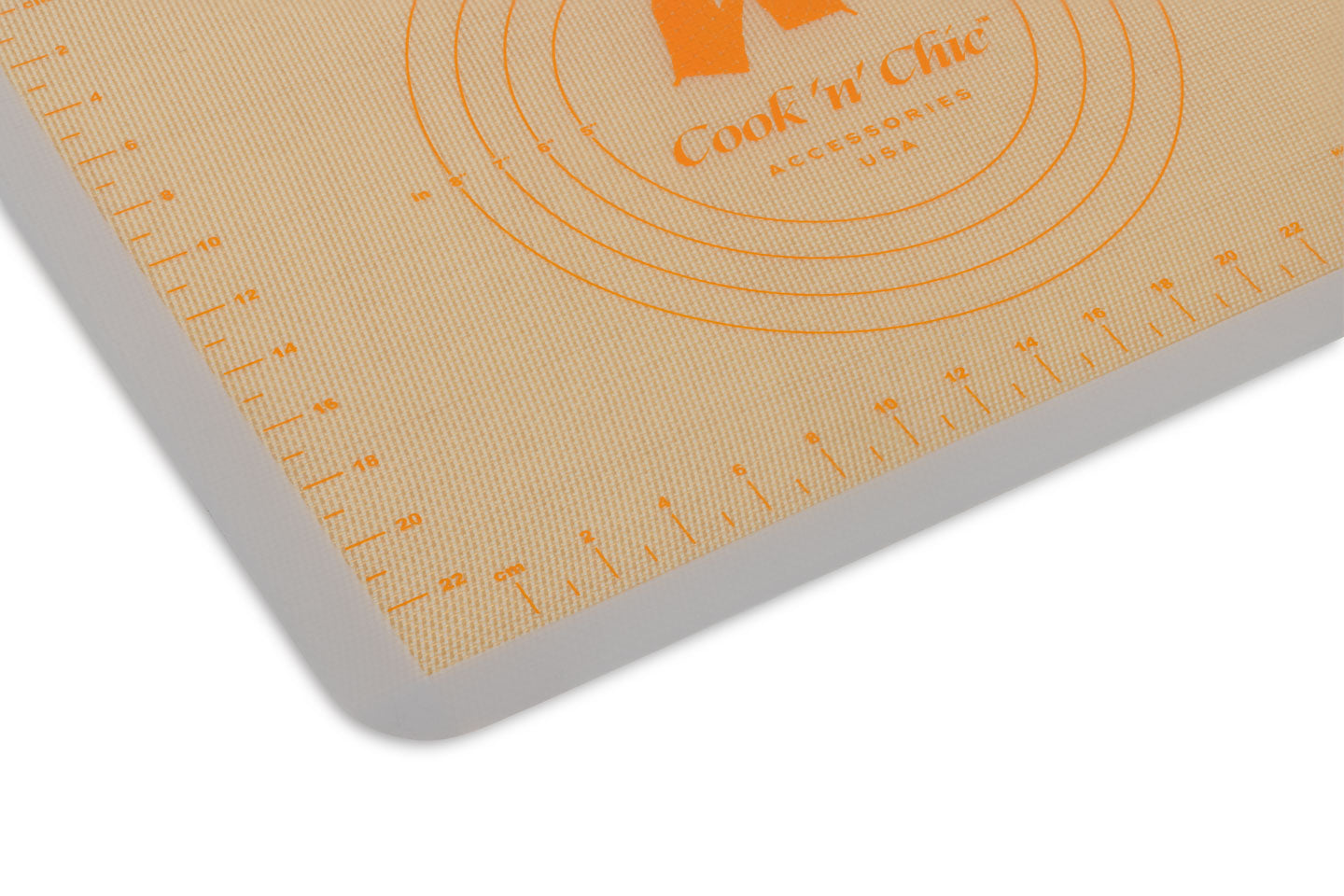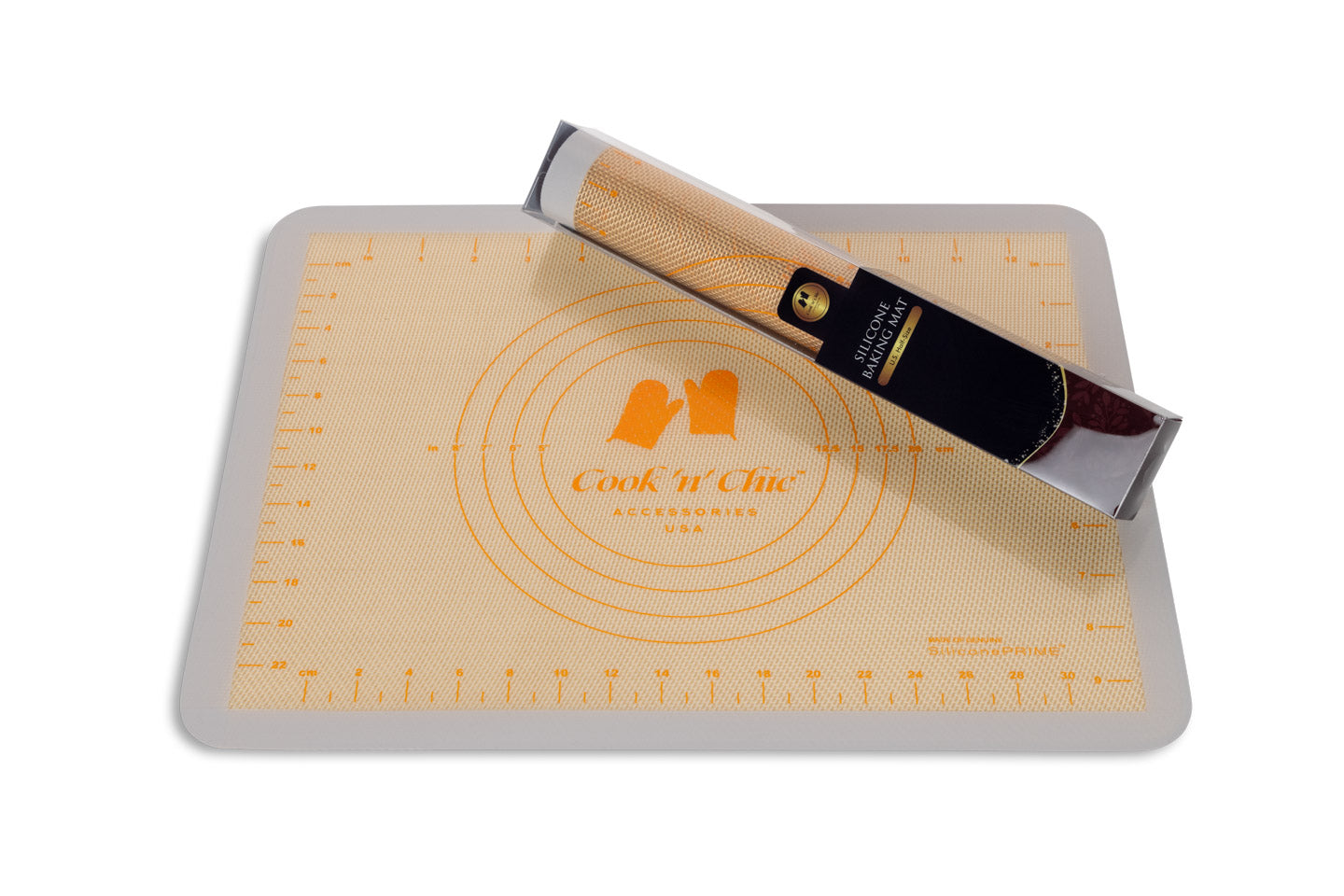Anyone who enjoys cooking knows that the right tools can make all the difference. Which material is better: silicone vs plastic cooking utensils? Some people might say that silicone is the winner because it doesn't get as hot as plastic and is easier to clean. But others might say that plastic is better because it is cheaper. It's important to choose the right one for your needs.
Why Choose Silicone Instead of Plastic?
These days, it seems like everything is made of plastic. But there are some reasons why silicone utensils are better than plastic.
- Silicone cooking utensils are safe to use. Plastic is a petroleum-based material that often contains chemicals like bisphenol-A (BPA). These chemicals can leach out of the plastic and into the food or drinks we consume, posing a serious health risk. Silicone, on the other hand, is a non-toxic material that is not known to leach any harmful chemicals.
- Silicone utensils are stain-resistant, meaning they won't retain odors or colors when you use them for stirring deep-colored food like tomato-based products. This is because of the non-porous characteristic of silicone, which also makes the utensils easier to clean.
- Silicone is an eco-friendly option. In today's eco-conscious world, more and more people are looking for ways to reduce their impact on the environment. Silicone is a material that ticks both of those boxes. It is made from renewable resources and can be recycled into new products at the end of its life.
- They are non-stick. When it comes to cooking, one of the most frustrating things can be dealing with sticky foods. No matter how much flour you add or how long you cook them for, some foods just seem to defy all attempts at keeping them from sticking to the pan. Reach for silicone utensils and enjoy the non-stick convenience.This can be a big time saver when you're trying to avoid making a mess.
- Silicone is more durable than plastic, so it's less likely to break or become damaged, meaning that it won't need to be replaced as often as other materials.
- Silicone utensils are heat resistant, so you can use them in the kitchen without worry. They can withstand temperatures up to 446ºF.
- They are easy to clean, which makes them a convenient option for busy cooks. It can be safely washed in the dishwasher or by hand using soapy water.
Reasons To Avoid Plastic Utensils
Plastic contains harmful chemicals that can leach into food. This is especially true when plastic is heated. Additionally, some plastics contain traces of heavy metals, which can also contaminate your food. While the amount of contaminants in any one utensil is usually low, it can add up over time if you use plastic tools frequently.
Plastic utensils don’t last long, so they often end up in the landfill. They’re heat resistant to 400 degrees, which is a big plus, but they’re not heat proof. If you accidentally leave them in a hot pan, they will melt and release toxins into your food.
Plastic is harming the environment. The material takes centuries to decompose. Every year, millions of tons of plastic end up in the oceans. This trash is harming marine life, polluting the water, and creating huge garbage patches that are difficult to clean up. While some companies have begun to recycle these items, the vast majority are still being thrown away. As a result, the plastic pollution problem is only getting worse.
They can be hard to clean, especially if the plastic on the end has broken down with wear and heat. Scrubbing can also cause more wear on a spatula with a worn end. As a result, rough edges and handles with mixed components can provide a perfect breeding ground for bacteria. In addition, plastic utensils can absorb flavors and odors from food, which can be difficult to remove
A Good Silicone Cooking Utensils Set
So if you're looking for the perfect set of utensils for your kitchen, Cook'n'Chic® 5-Piece Silicone Cooking Set is definitely worth checking out. It includes a big spatula, a flex spatula, a spoon, a basting brush and a jar spatula, all made with durable silicone that won't break or melt. The handles are also made with a thick, steel inner core that provides good traction while cooking and won't bend. The main advantage and difference of this set from ordinary cheap silicone utensils is the premium material, SiliconePRIME™, which is thicker, more elastic, and more durable than conventional silicone.

Plus, the set is priced at just $19.99 as of this writing. The high-grade silicone is durable and won't melt at high heat, making it perfect for mixing batter, folding, scraping, scooping, sautéing, frying and other cooking tasks. The different sizes and shapes of the heads ensure that there's an utensil for every purpose, and they're also dishwasher-safe for easy cleanup.
How To Use A Silicone Spatula When Decorating A Cake
A silicone spatula has a thin, flexible blade that is perfect for spreading icing and frosting evenly on a cake. To start, make sure that your cake is thoroughly chilled - this will help the icing to set more quickly. Then, place your spatula at the edge of the cake and begin to spread the icing outwards. Once the entire surface of the cake is covered, hold the spatula vertically and run it along the sides of the cake to create smooth, even edges. When it comes to smoothing out icing, there are a few things to keep in mind:
- The spatula should glide over the icing, pushing it this way and that. It shouldn't touch the cake and then come back up into the icing, as this can bring crumbs with it.
- It's a good idea to remove a cup of icing from the main batch and use that one at a time. This way, if there are any crumbs on the spatula, they won't contaminate the whole batch of icing.
By following these simple tips, you'll be able to create flawless results every time.
FAQ
Are Silicone Cooking Utensils BPA Free?
Yes, they are free of BPA. BPA is a chemical found in many plastics that has been linked to health concerns. Silicone is a non-toxic material that is safe for cookware. It doesn't leach chemicals like BPA, so you can feel safe using them to cook food.
Are Silicone Kitchen Utensils Dishwasher-Safe?
Yes, they are generally dishwasher safe, but it's always a good idea to check the manufacturer's recommendations before using them.
Do Silicone Cooking Utensils Melt?
It is possible for them to melt if they are placed in a very hot oven. However, most modern silicone kitchen utensils are heat-resistant up to 500 degrees Fahrenheit, so they should be safe to use.
How To Clean Silicone Cooking Utensils?
All you need is warm, soapy water and a soft sponge or dishcloth. Rinse them well and towel dry. You can also pop them in the dishwasher - just make sure they're placed on the top rack.
How Long Does Silicone Cooking Utensils Last?
Silicone cooking utensils are designed to last for many years. With proper care, they will remain in good condition and continue to function properly. It is important to avoid using harsh chemicals or abrasive cleaners on silicone surfaces as this can damage the material.
Conclusion
Although there are many factors to consider when purchasing cooking utensils, the material they are made from should be high on your list. Silicone is a better option than plastic as it doesn’t warp or melt and it doesn’t release harmful chemicals when heated. If you want safe, durable, and long-lasting kitchen tools, choose high quality silicone cooking utensils.
